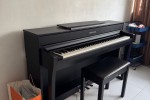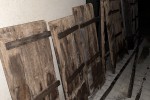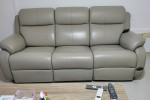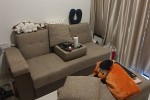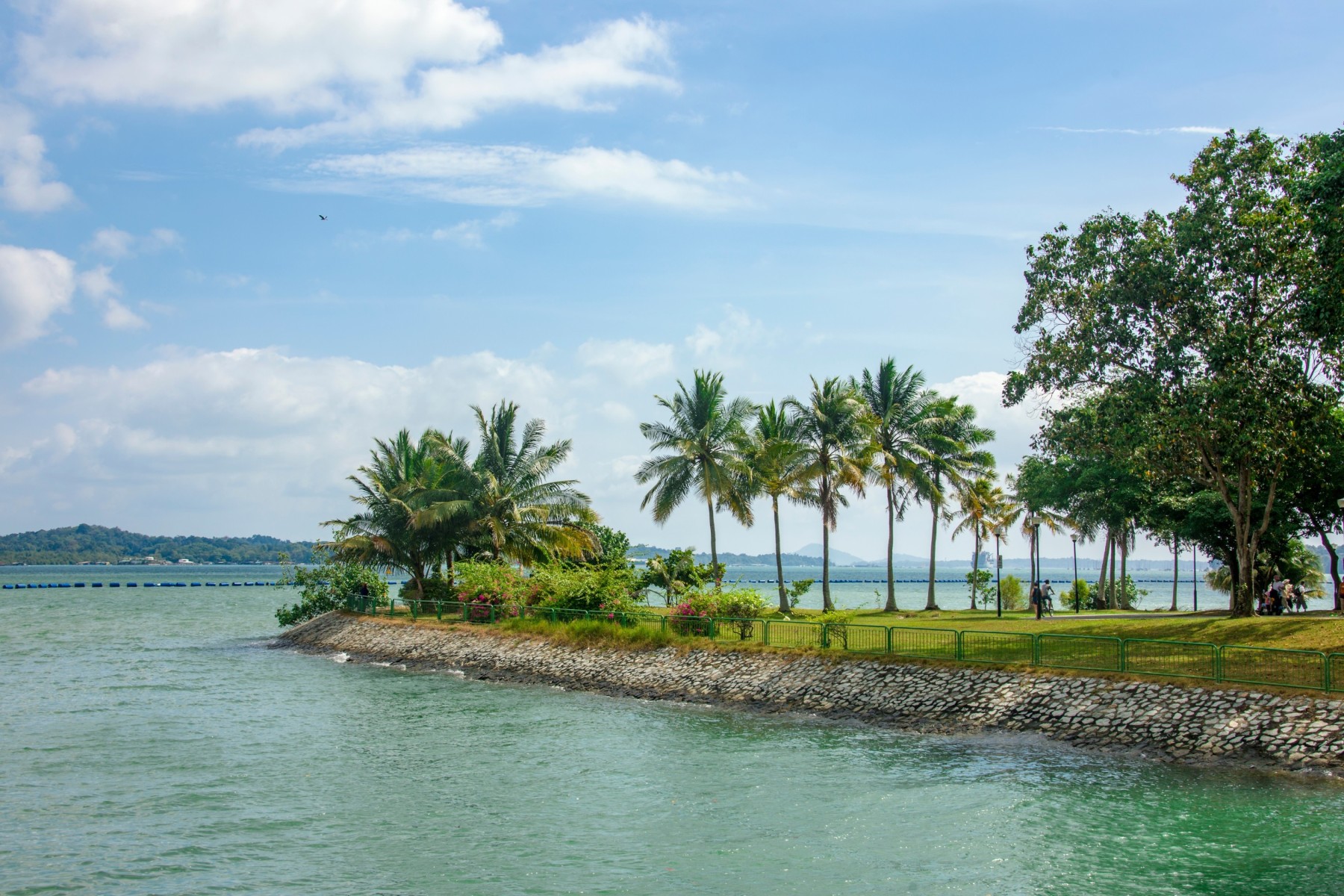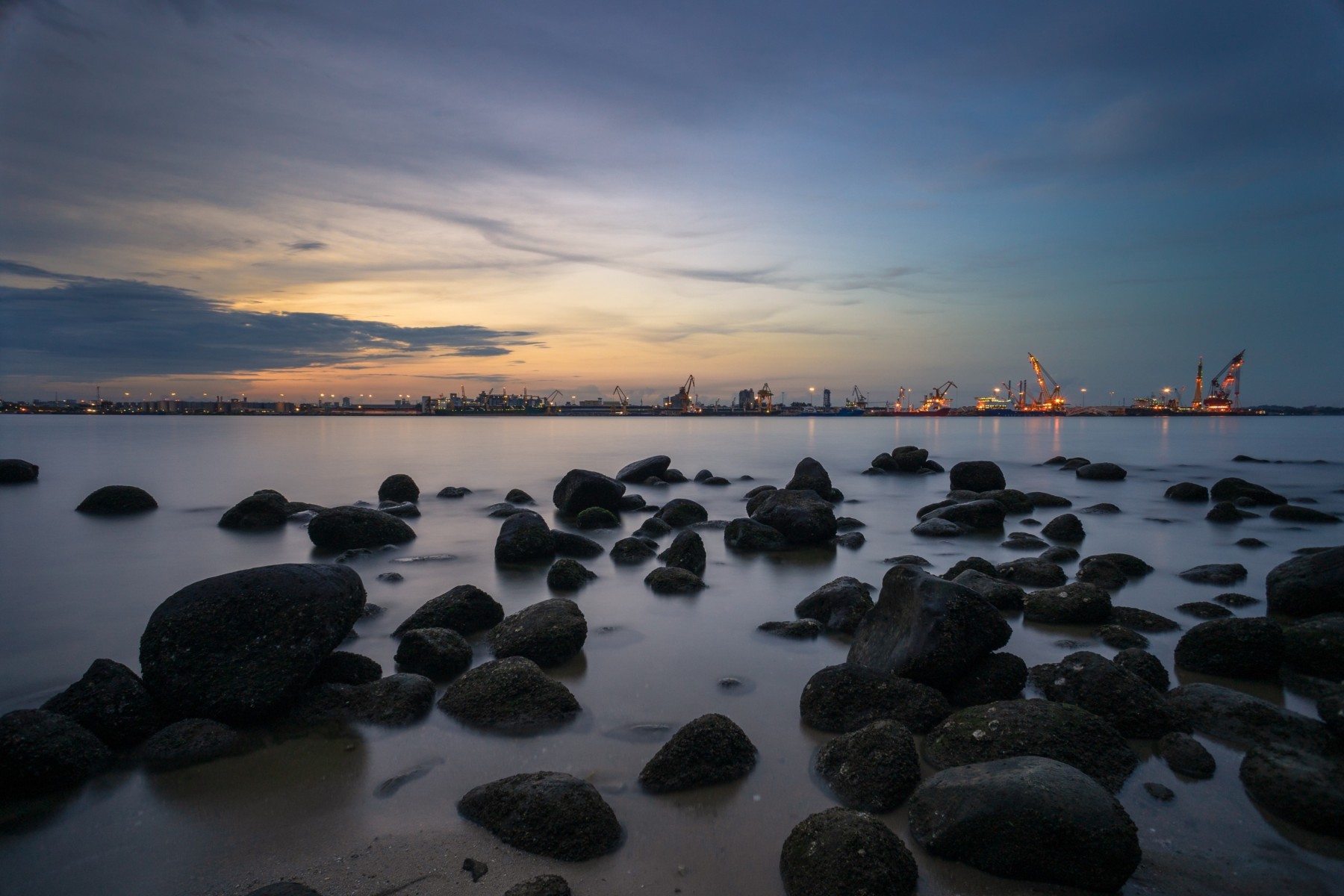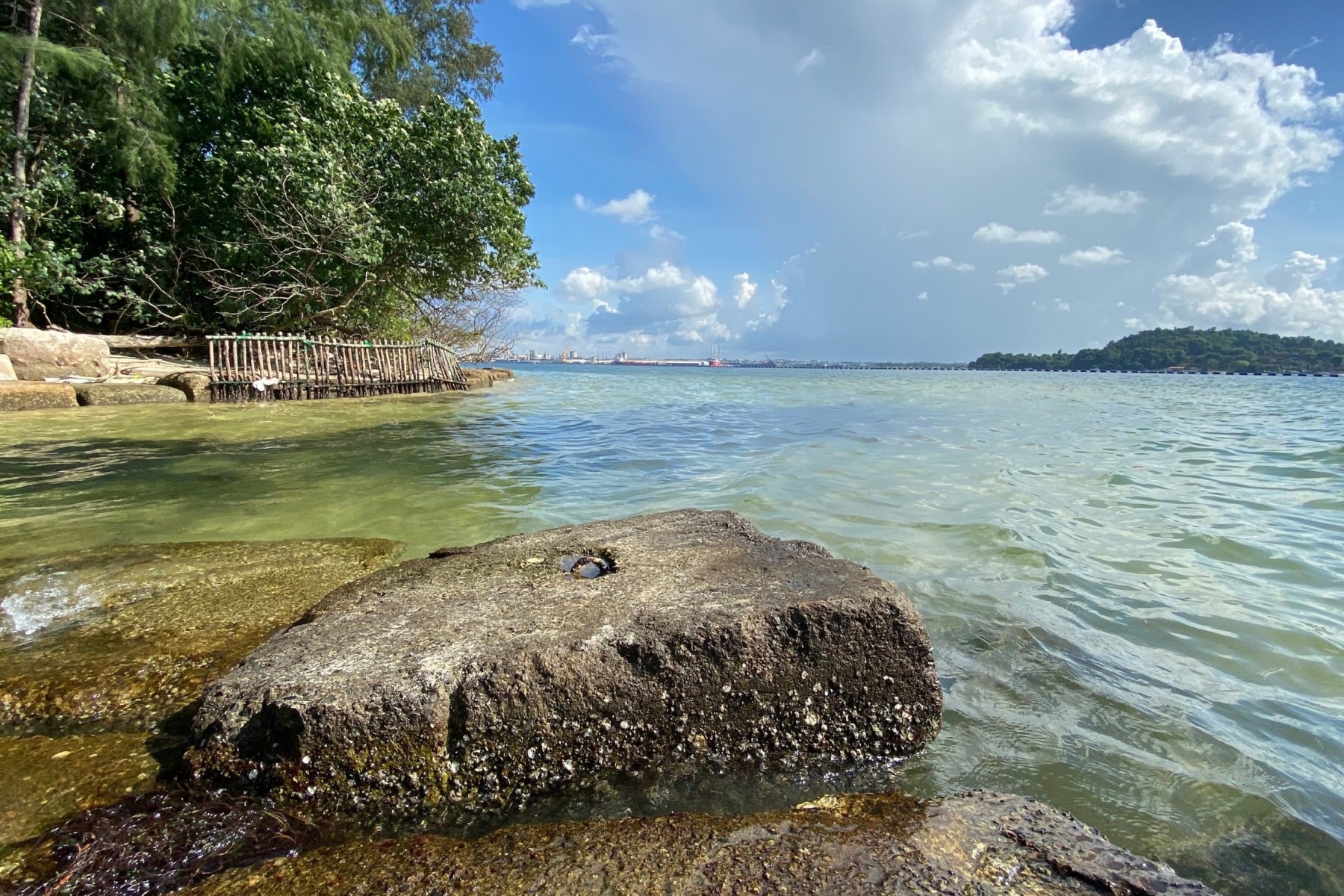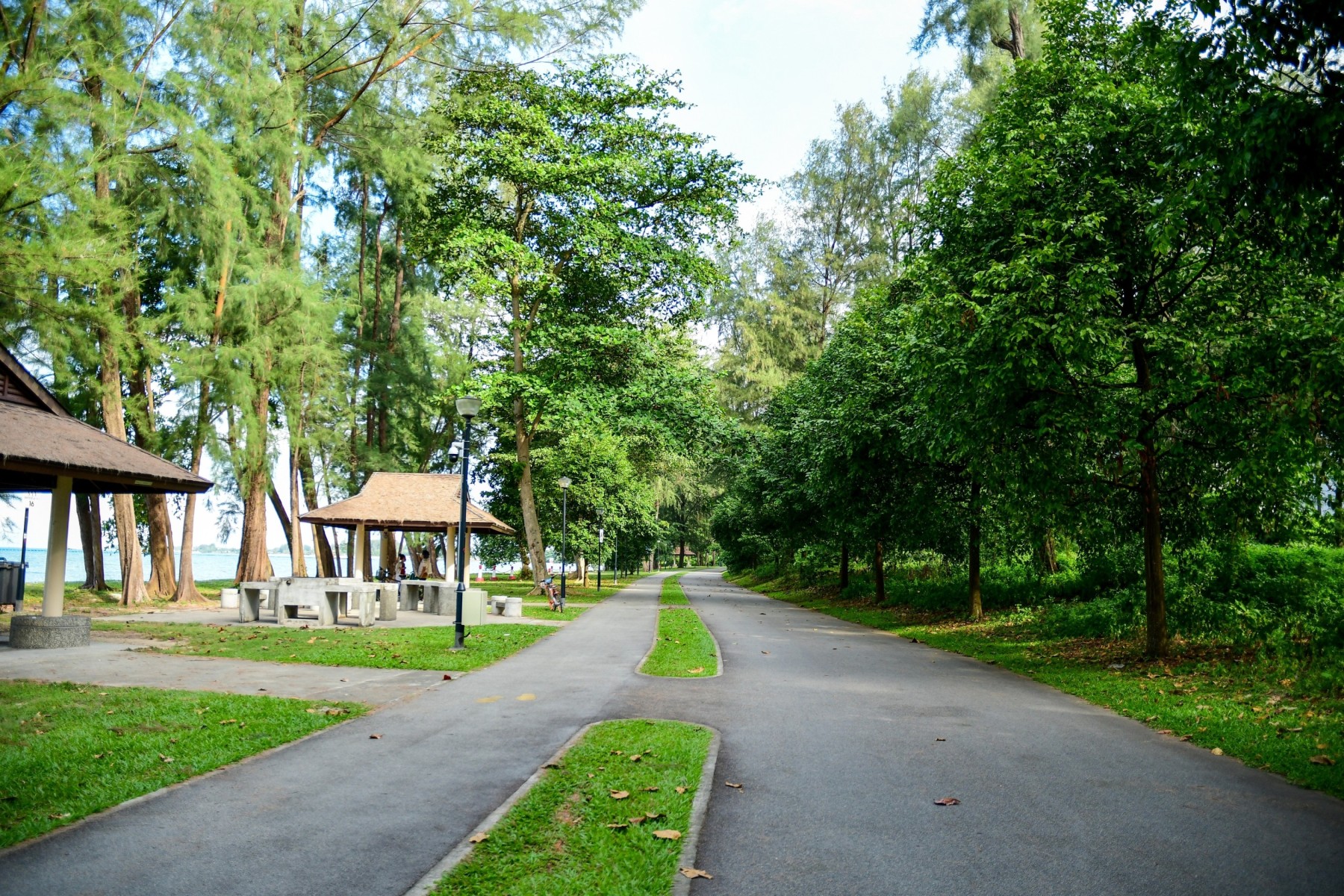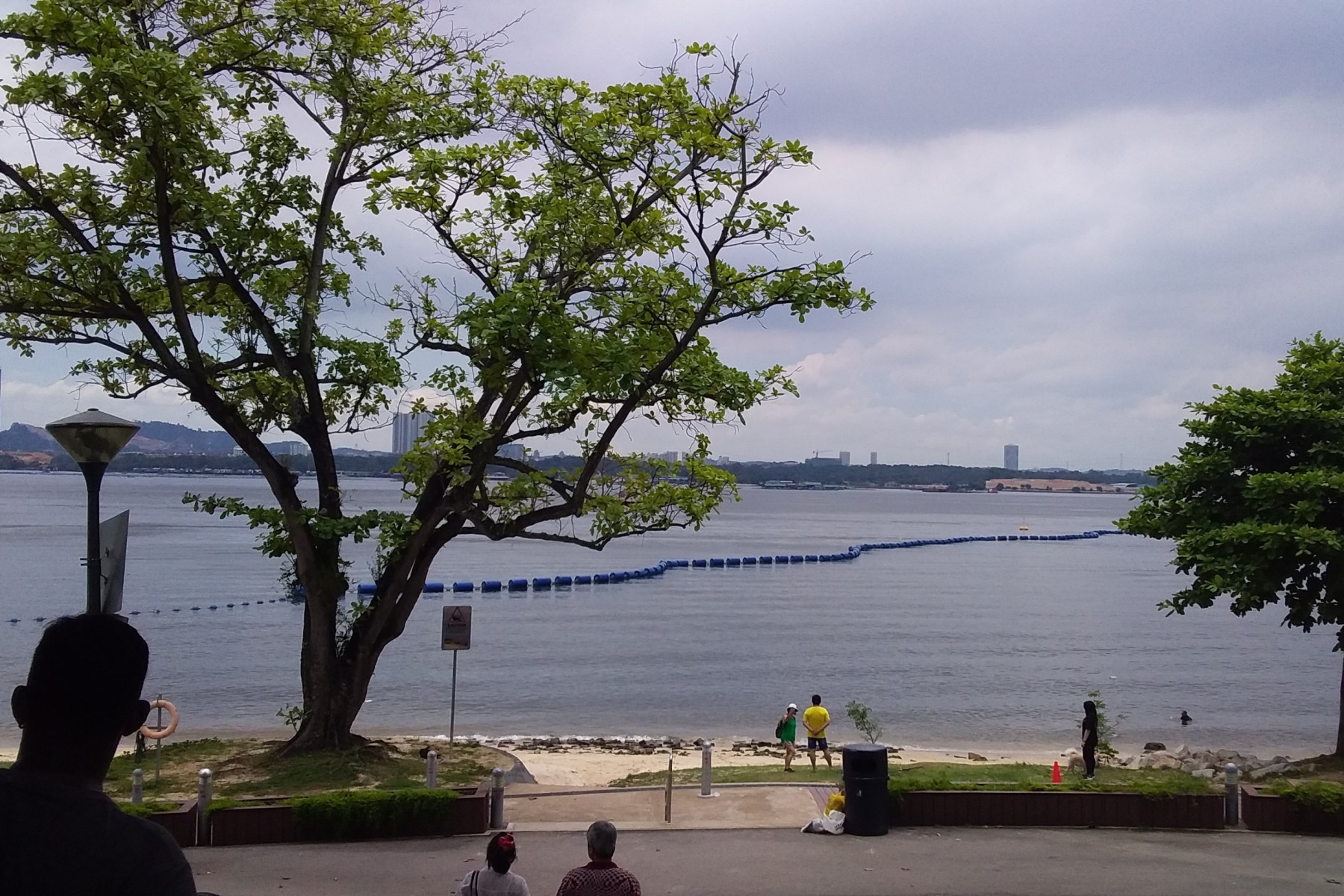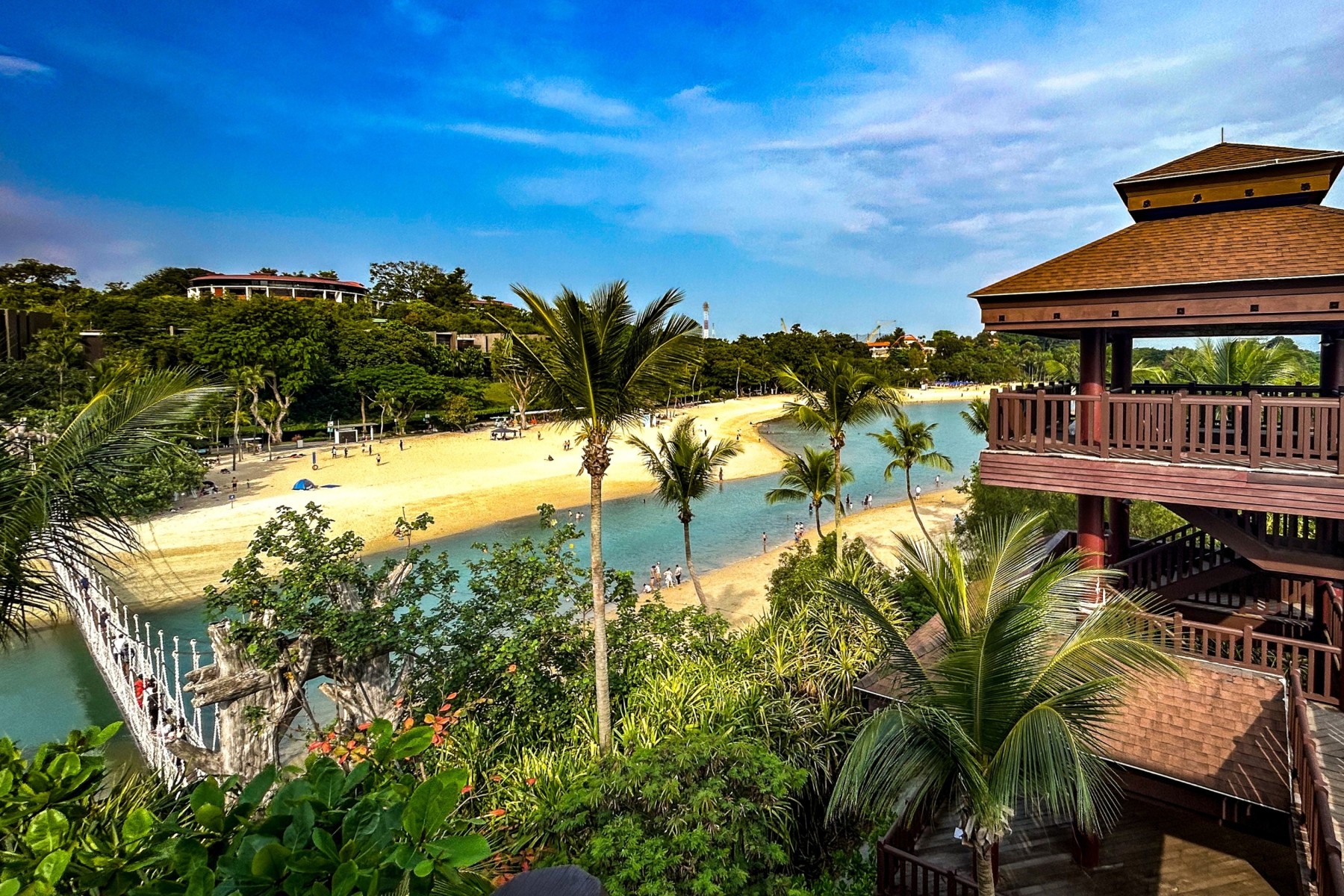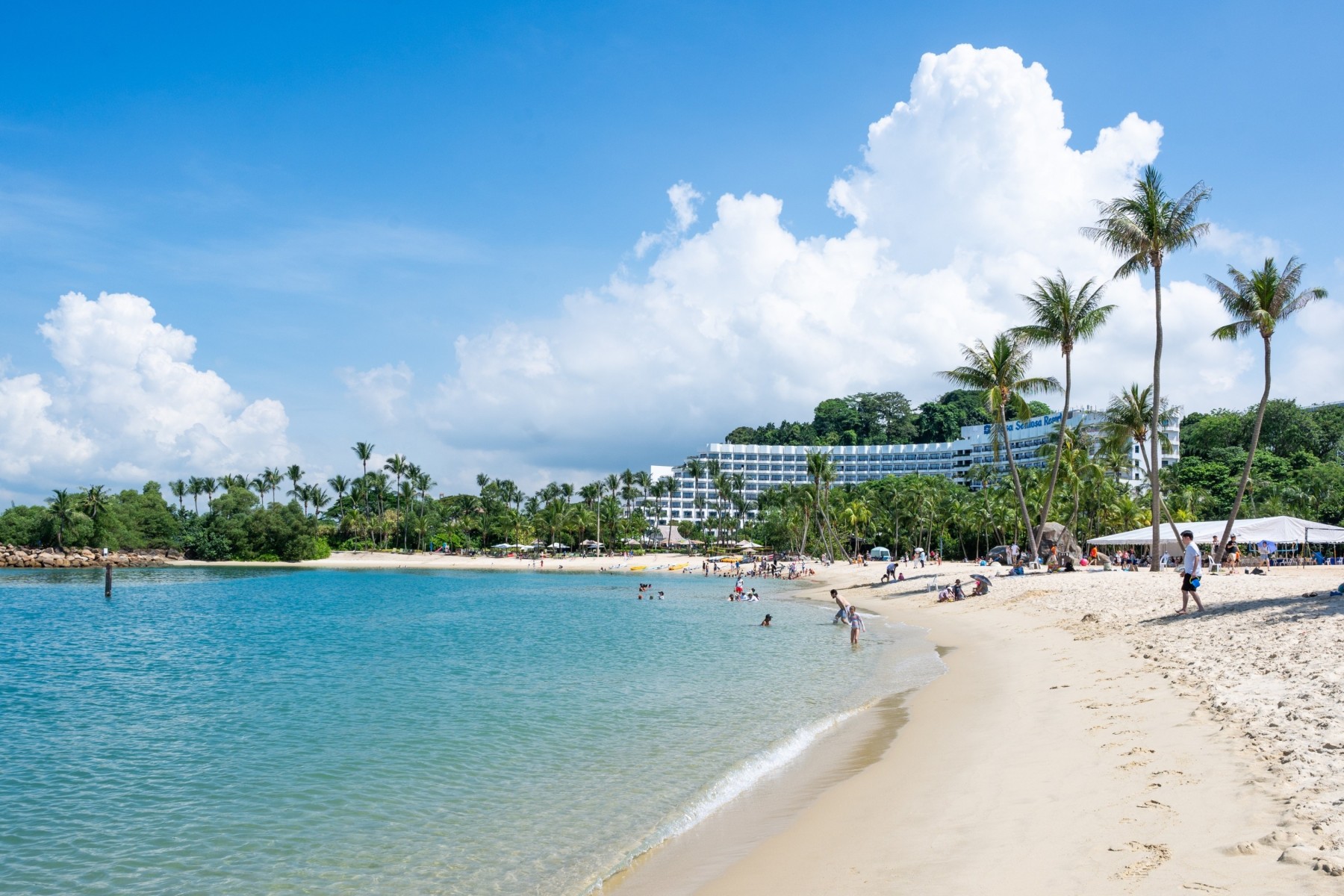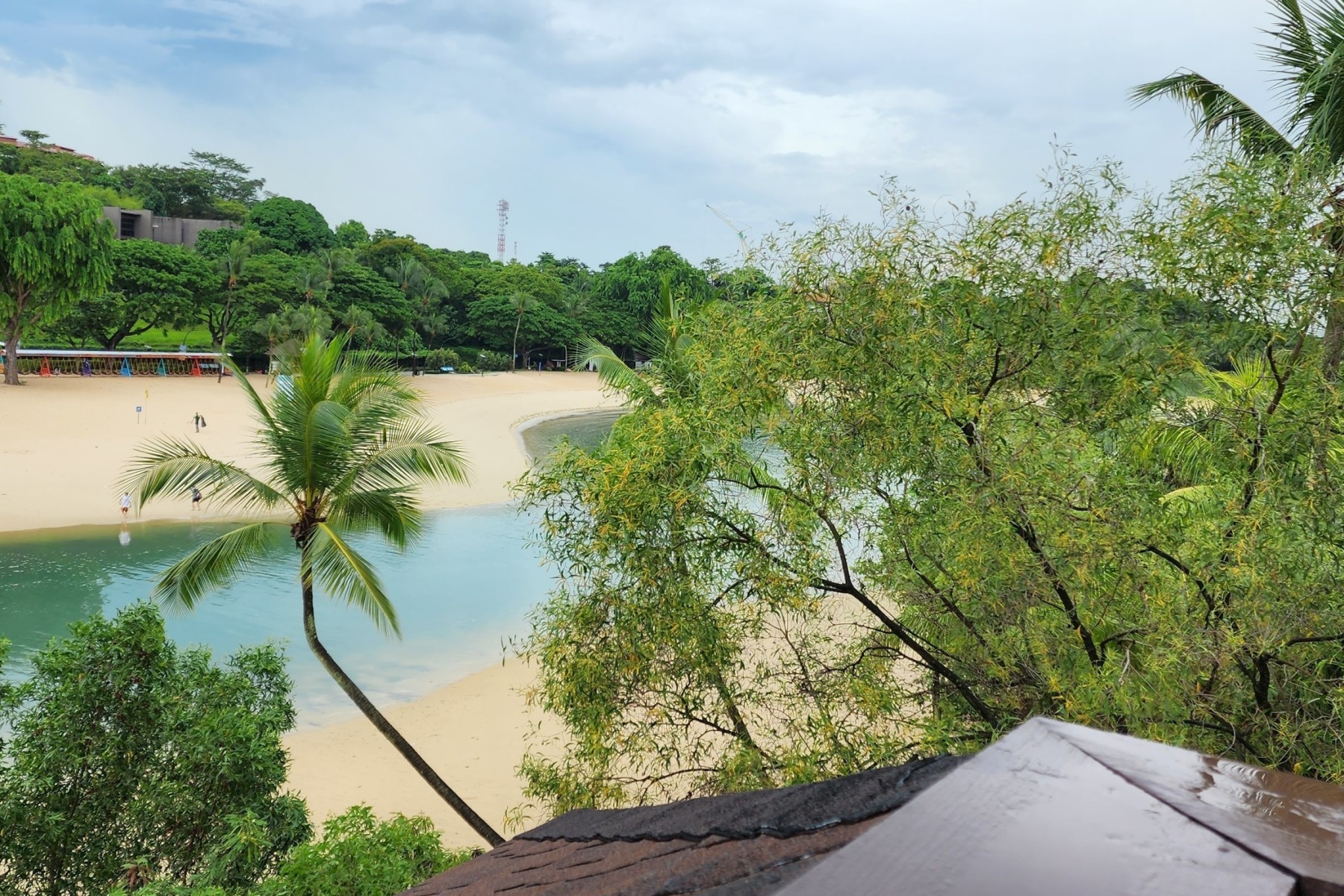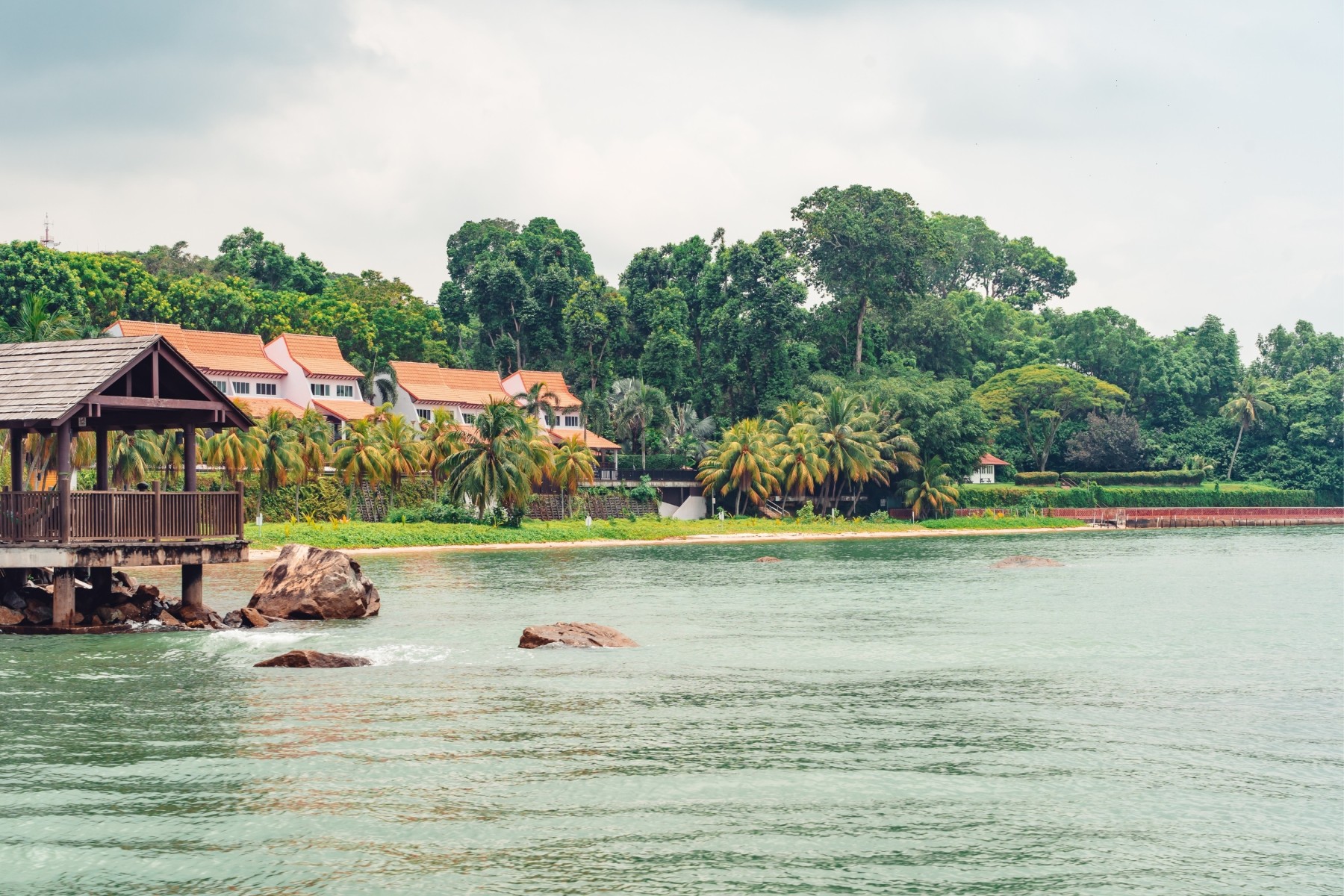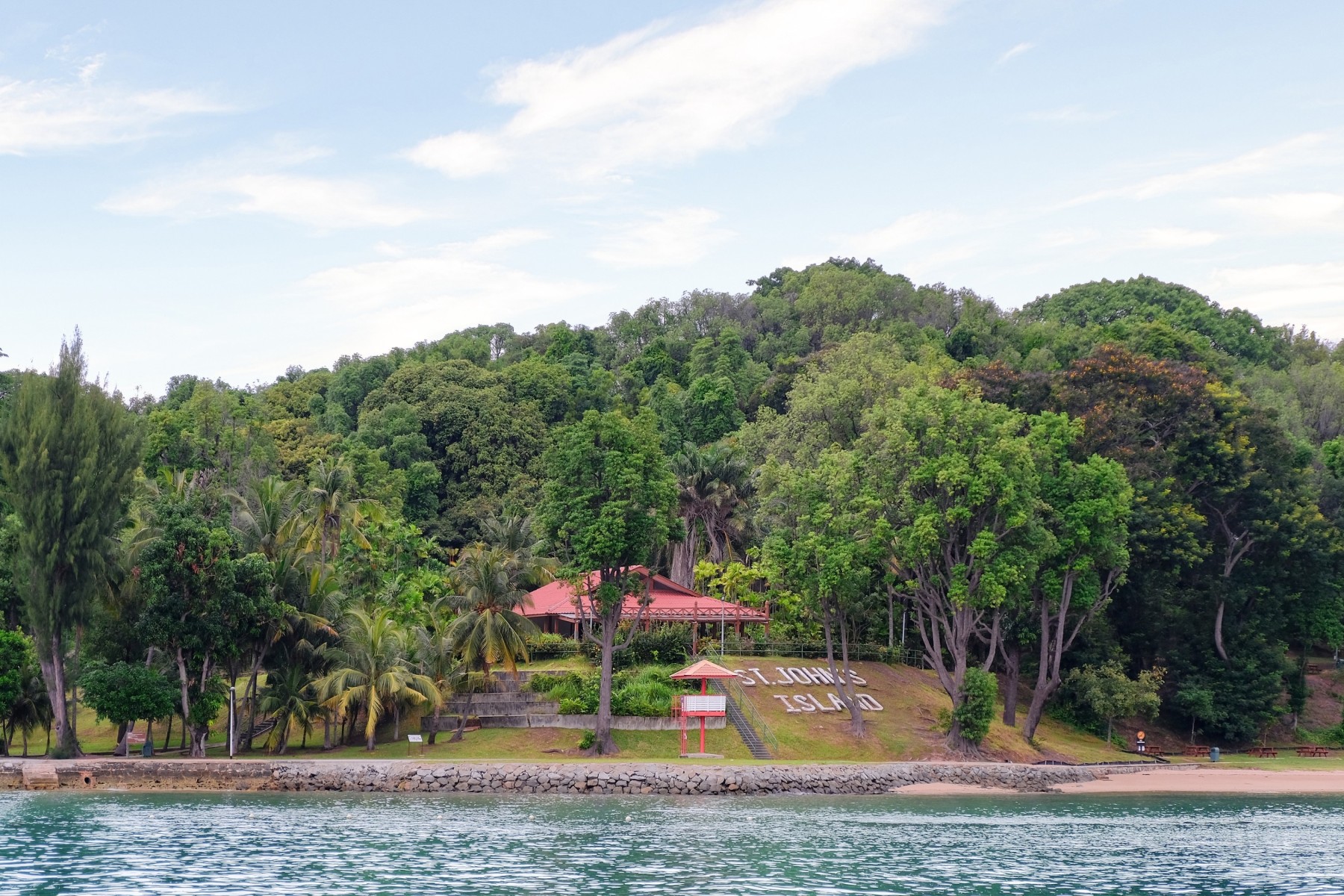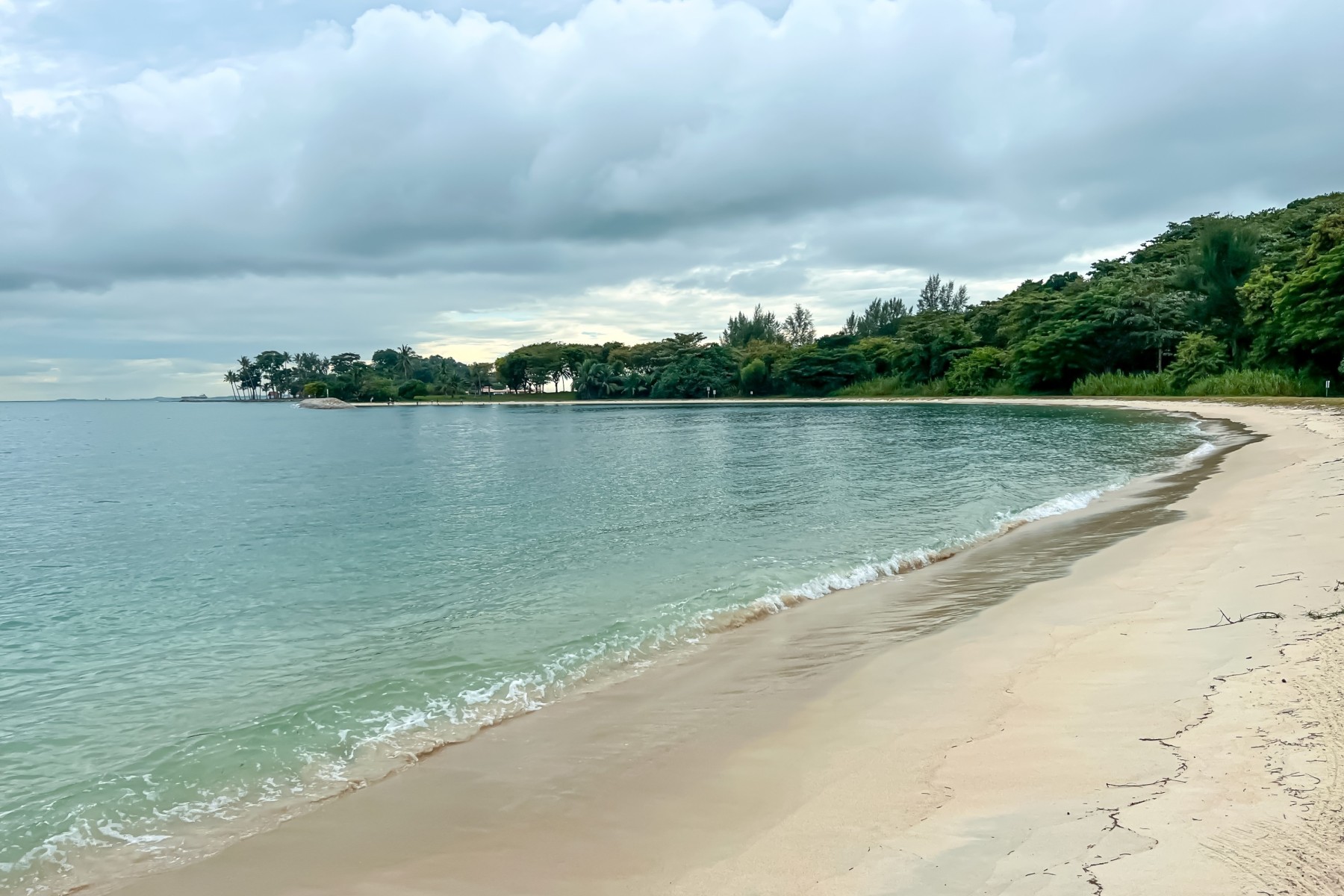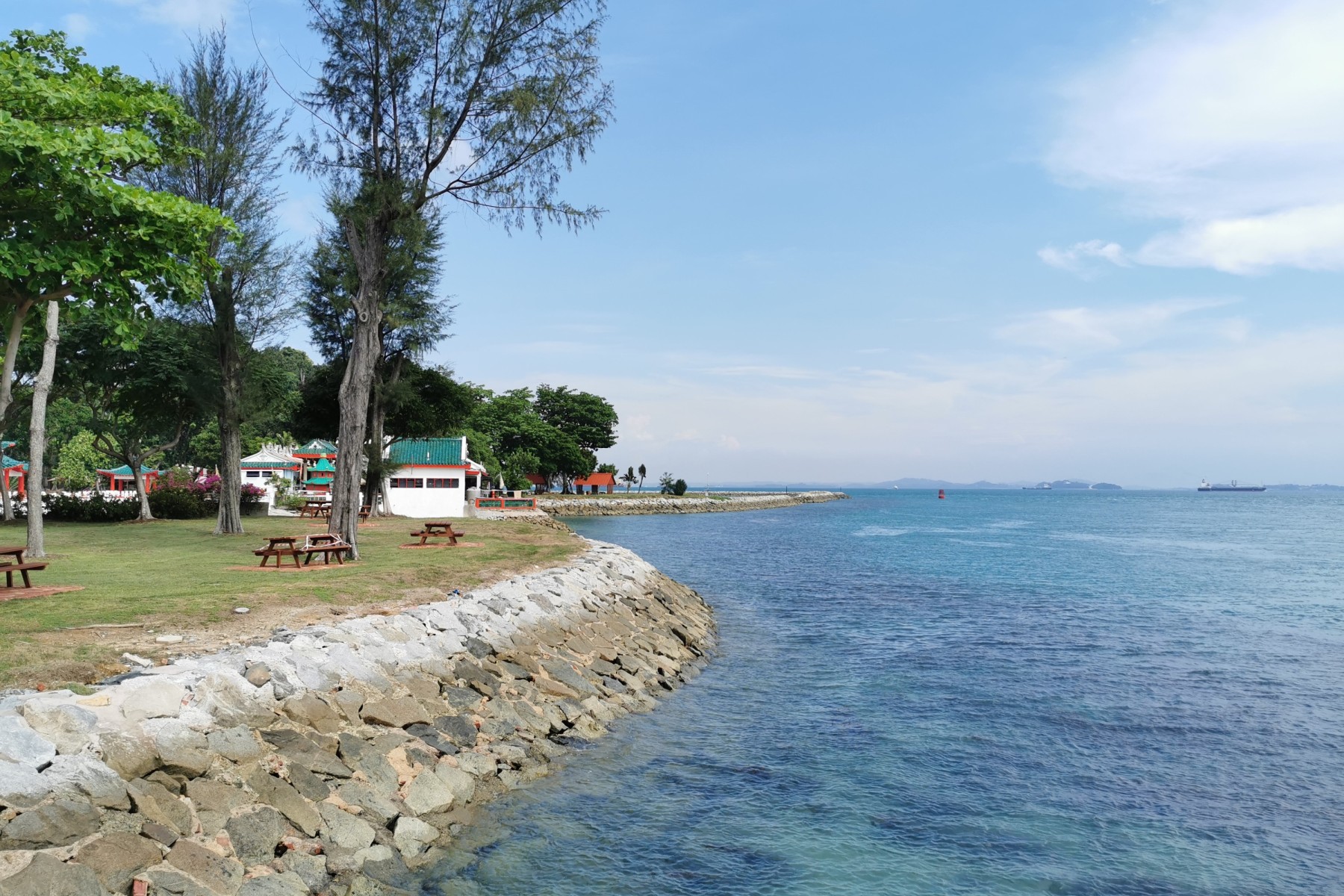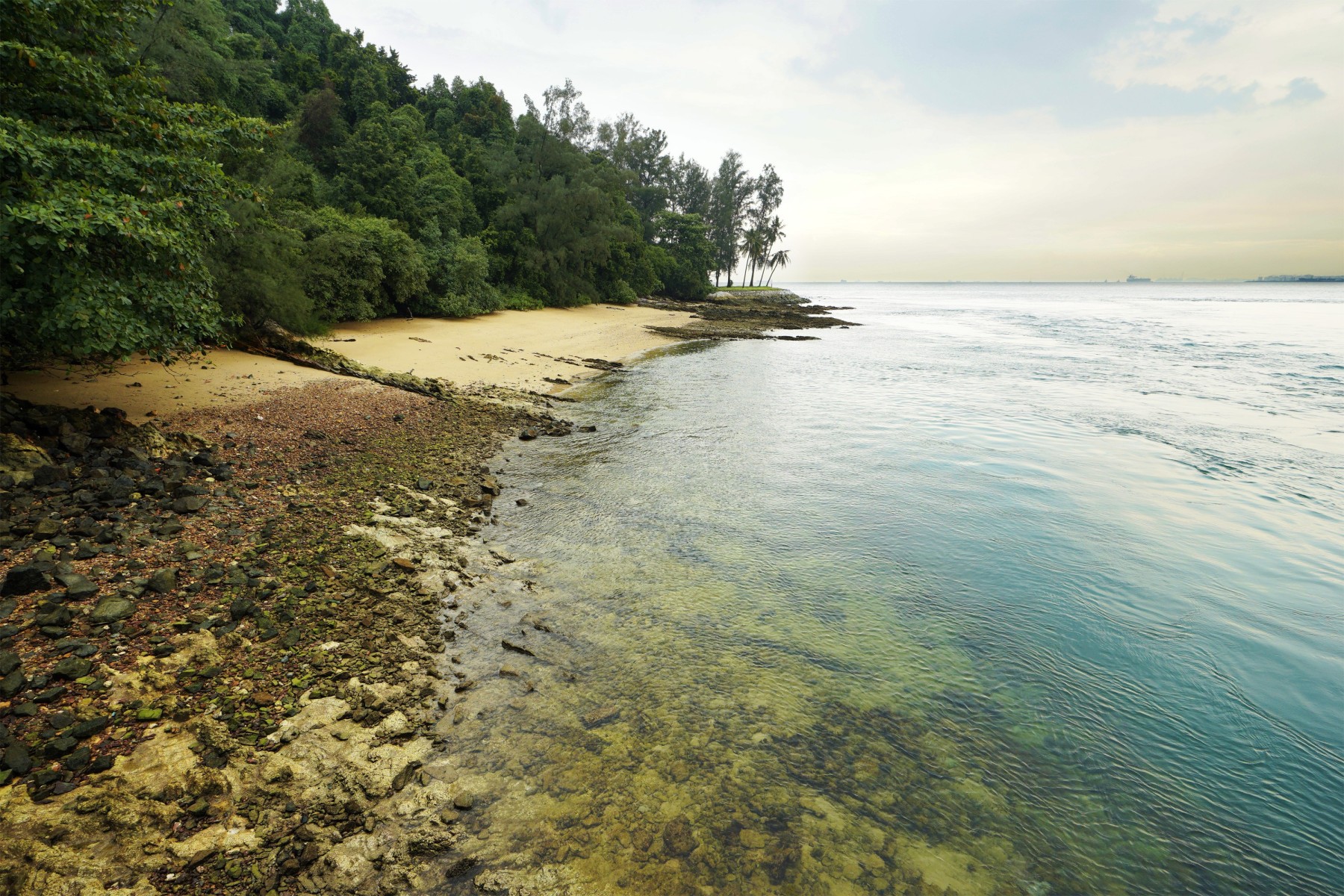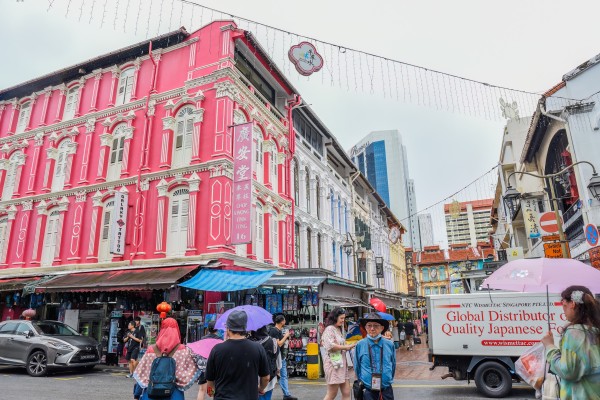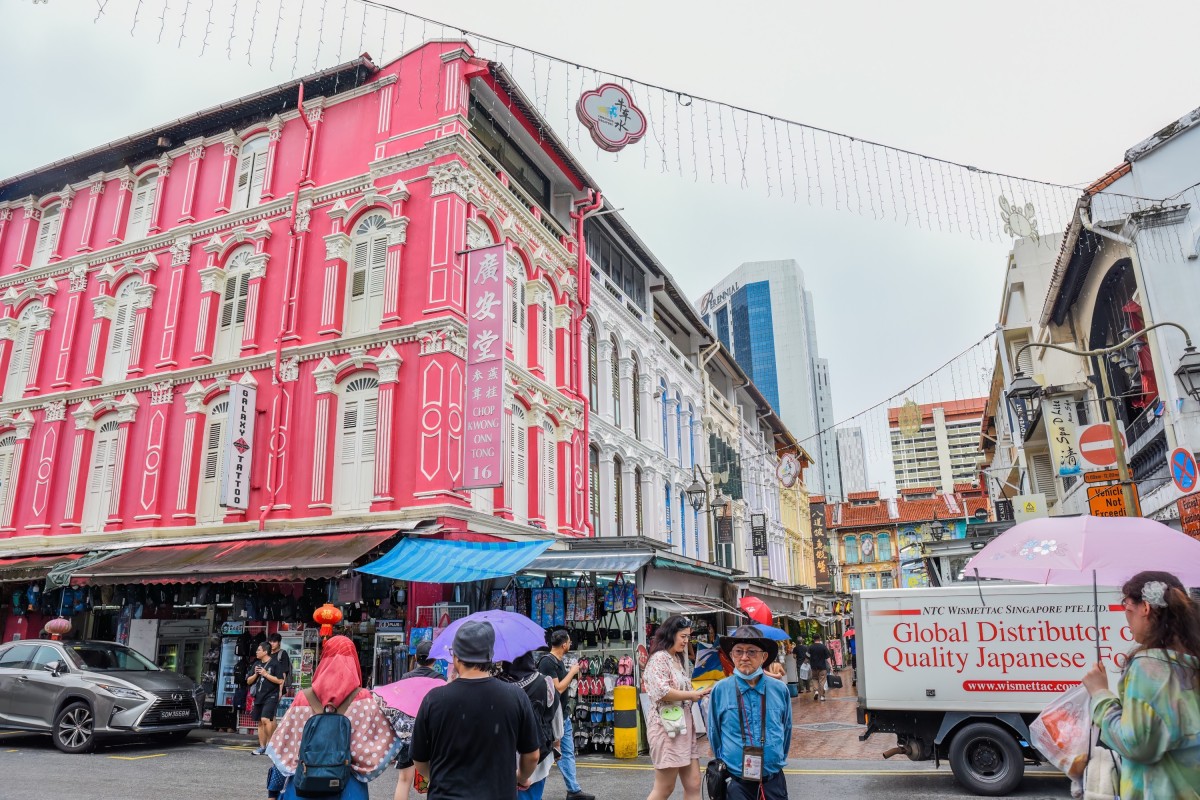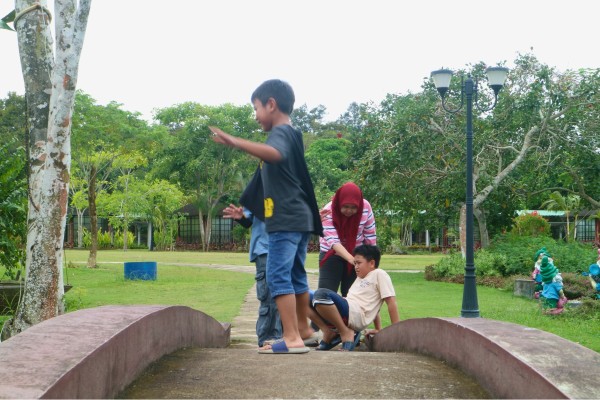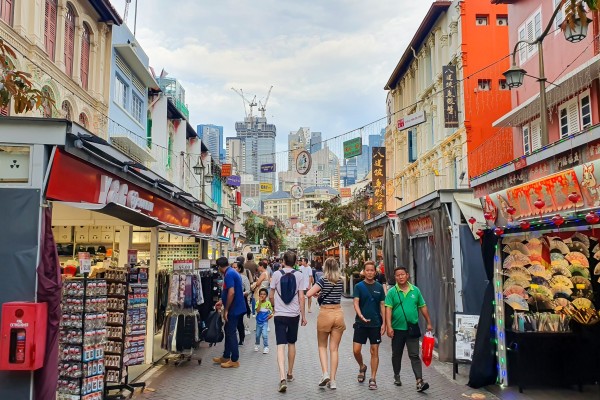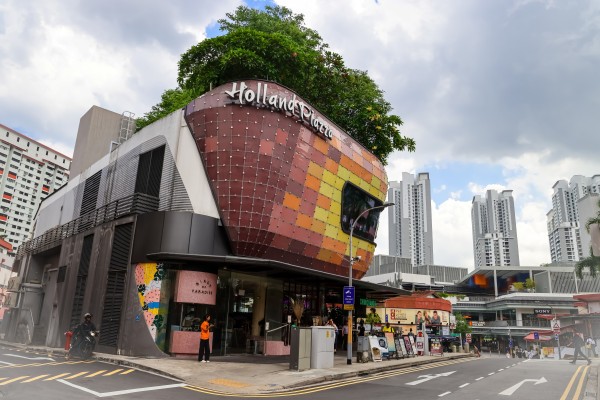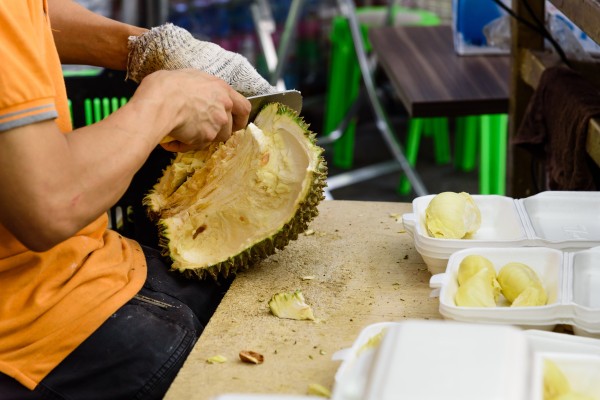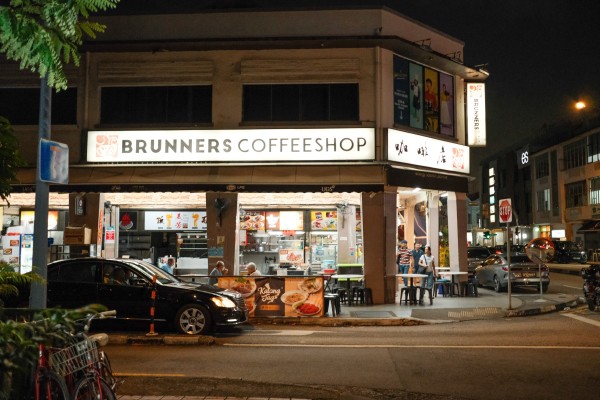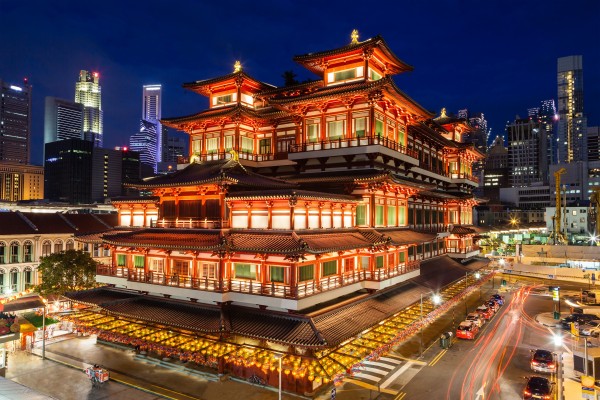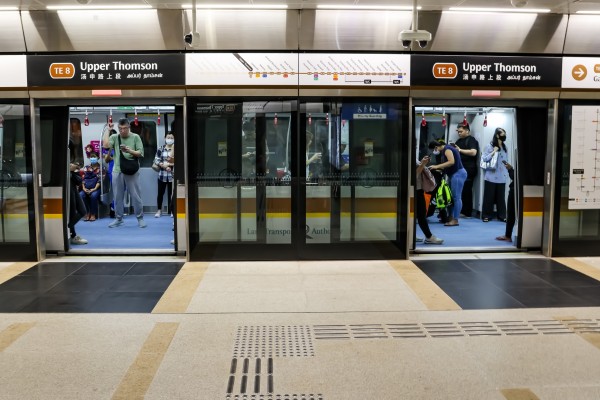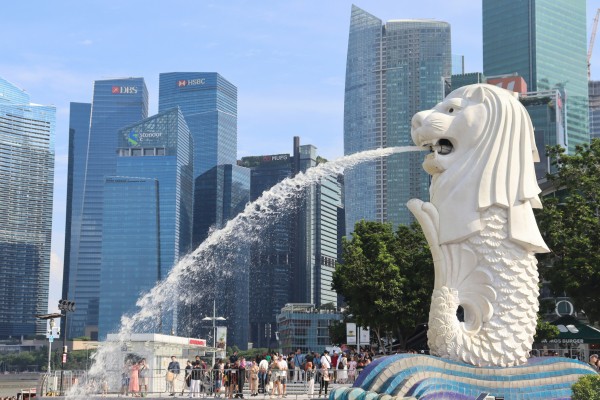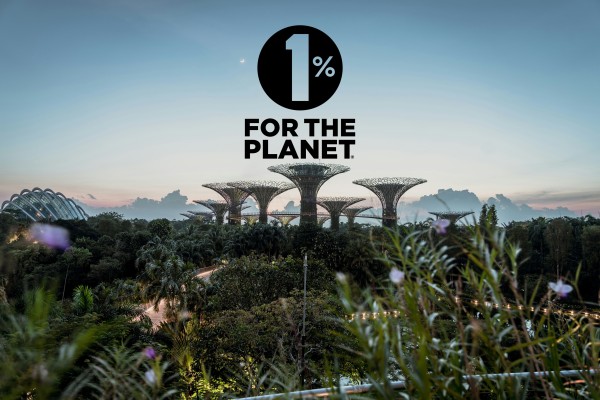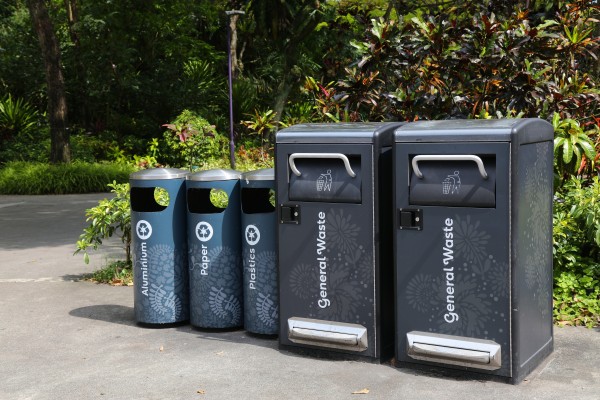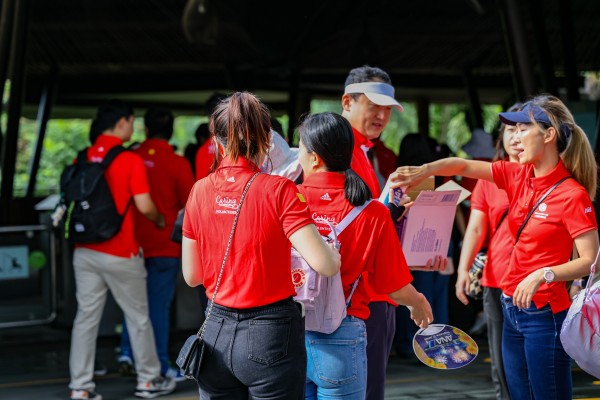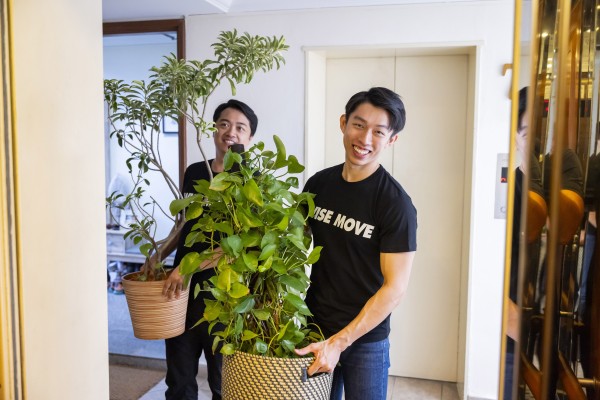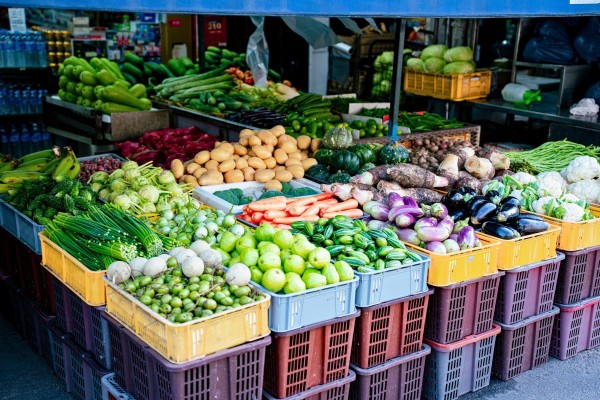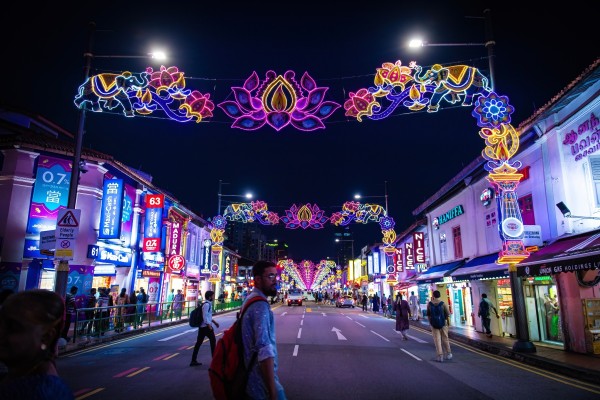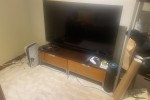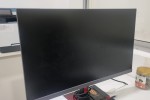Your guide to the best beaches in Singapore

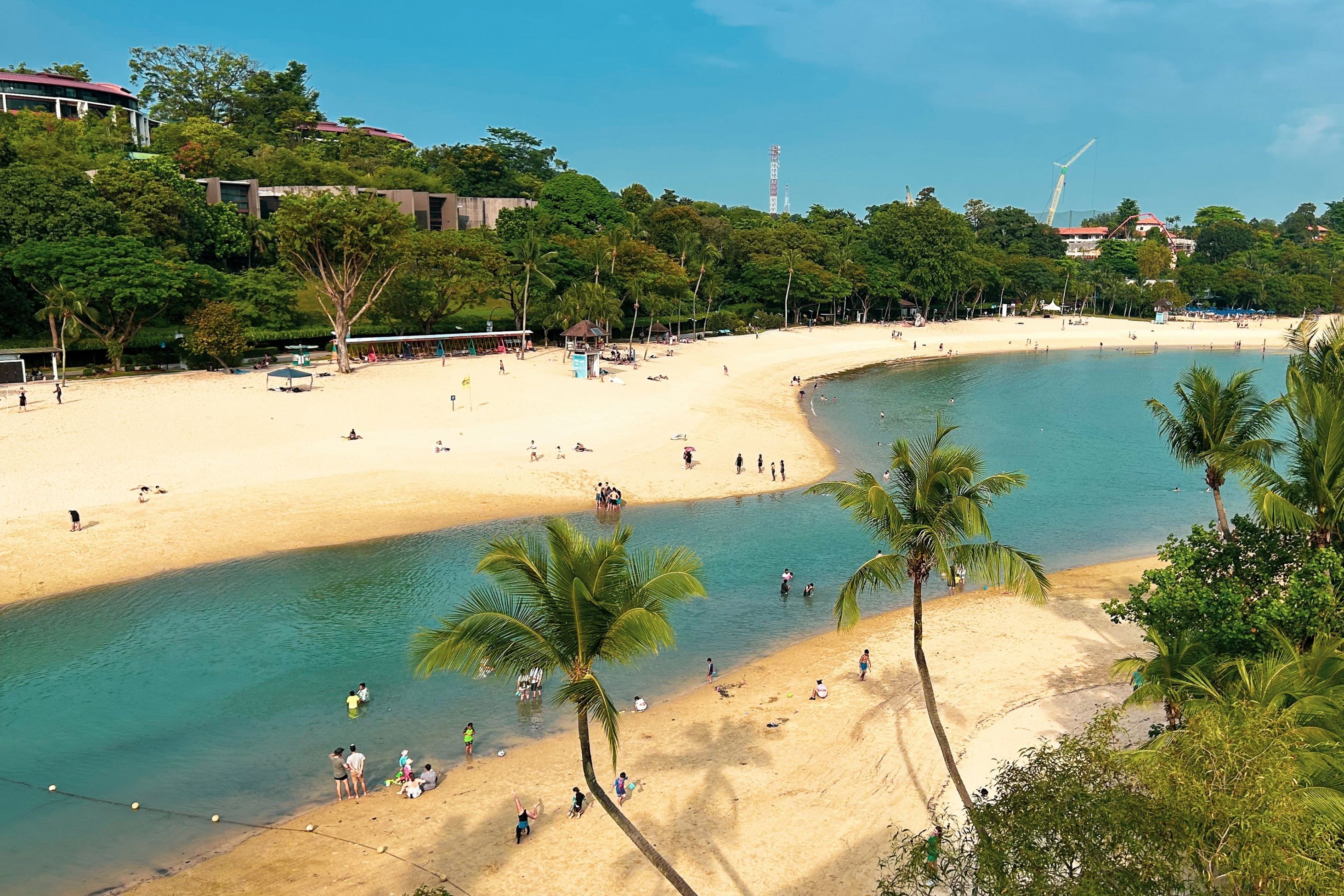
Calling all sun worshippers who’ve recently arrived in Singapore and are dreaming of your next beach holiday, you’re in luck! As a tropical island state, Singapore has not one, not two, but 15 public beaches for you to explore and enjoy.
This is a newbie's guide to the best beach spots in Singapore to soak up the sun, sand, and sea from one-and-a-half degrees north of the equator. You'll discover what’s unique about the best beaches in Singapore, with some local tips to make the most of your beach trips in Singapore.
Introduction to Singapore’s beaches
A large proportion of Singapore’s coastlines have been redesigned and built over through land reclamation works. As a result, most of our sandy beaches have been lost. However, there are still quite a few sandy beaches in Singapore–15, to be exact, including hidden coastal getaways off our main city.
While pristine, soft sand isn’t exactly the norm on our beaches here. What you’ll get in abundance is a host of recreational activities, natural beauty, and tropical sunshine. Not to mention, the opportunity to discover rich biodiversity in our waters and intertidal zones.
The best part? Our public beaches are all free of charge to access, although some smaller beaches off the mainland have opening hours that you should take note of.
Best beaches in Singapore by category
- Best for families: East Coast Park, Siloso Beach, Palawan Beach
- Hidden gems: Lazarus Island, Pulau Hantu, Coney Island Beach
- Best for snorkelling: Sisters Islands, Kusu Island, Pulau Hantu
- Best for sunrise/sunset: Punggol Beach, Changi Beach
- Most walkable: Changi Beach, East Coast Park
Singapore’s 15 public beaches
East Coast Park Beach
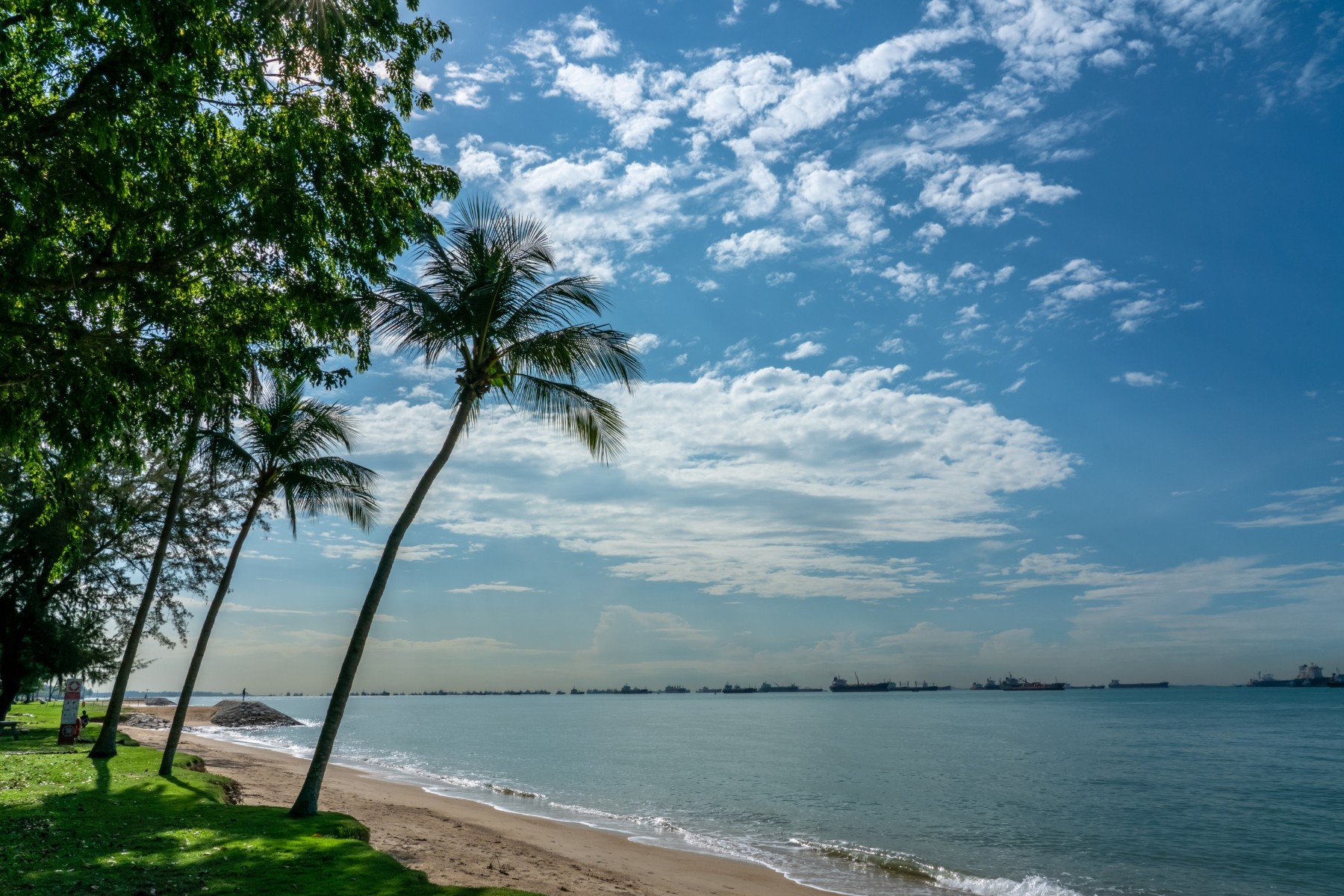 Singapore’s largest coastal park, East Coast Park Beach, spanning a whopping 185ha in size, is home to a significant stretch of man-made beach. The area was first conceived as a recreational beach resort for families in the 1970s. To make the water safe for swimming and the sand clean for kids to run and play in, a beach area was formed from reclaimed land and protected by breakwaters.
Singapore’s largest coastal park, East Coast Park Beach, spanning a whopping 185ha in size, is home to a significant stretch of man-made beach. The area was first conceived as a recreational beach resort for families in the 1970s. To make the water safe for swimming and the sand clean for kids to run and play in, a beach area was formed from reclaimed land and protected by breakwaters.
This is a great spot to park off under a shaded umbrella for a long day out. You can even set up a hammock to take the best nap ever, with the sea breeze and gentle sounds of the waves for company.
Comprising 8 zones in total, East Coast Park is a treasure trove of family activities for the very youngest toddlers to your too-cool teens. Take your furry companions along too; it’s an extremely dog-friendly park!
Amenities include
-
Public toilets
-
Beach volleyball court
-
Barbecue pits
-
Cycling paths
-
Bicycle and skate rental
-
Water sports centres
-
Playgrounds, restaurants
-
Hawker centre
-
Dog run
Getting there
- Take the Thomson–East Coast line to Siglap (TE28) or Bayshore (TE29) station, then walk for between 5 and 15 minutes to the beach.
- You can also use the Bedok (EW5) or Kembangan (EW6) MRT, transfer to bus 401, 196, 36B, 48, or 55 to stops along East Coast Park Road.
Pasir Ris Park Beach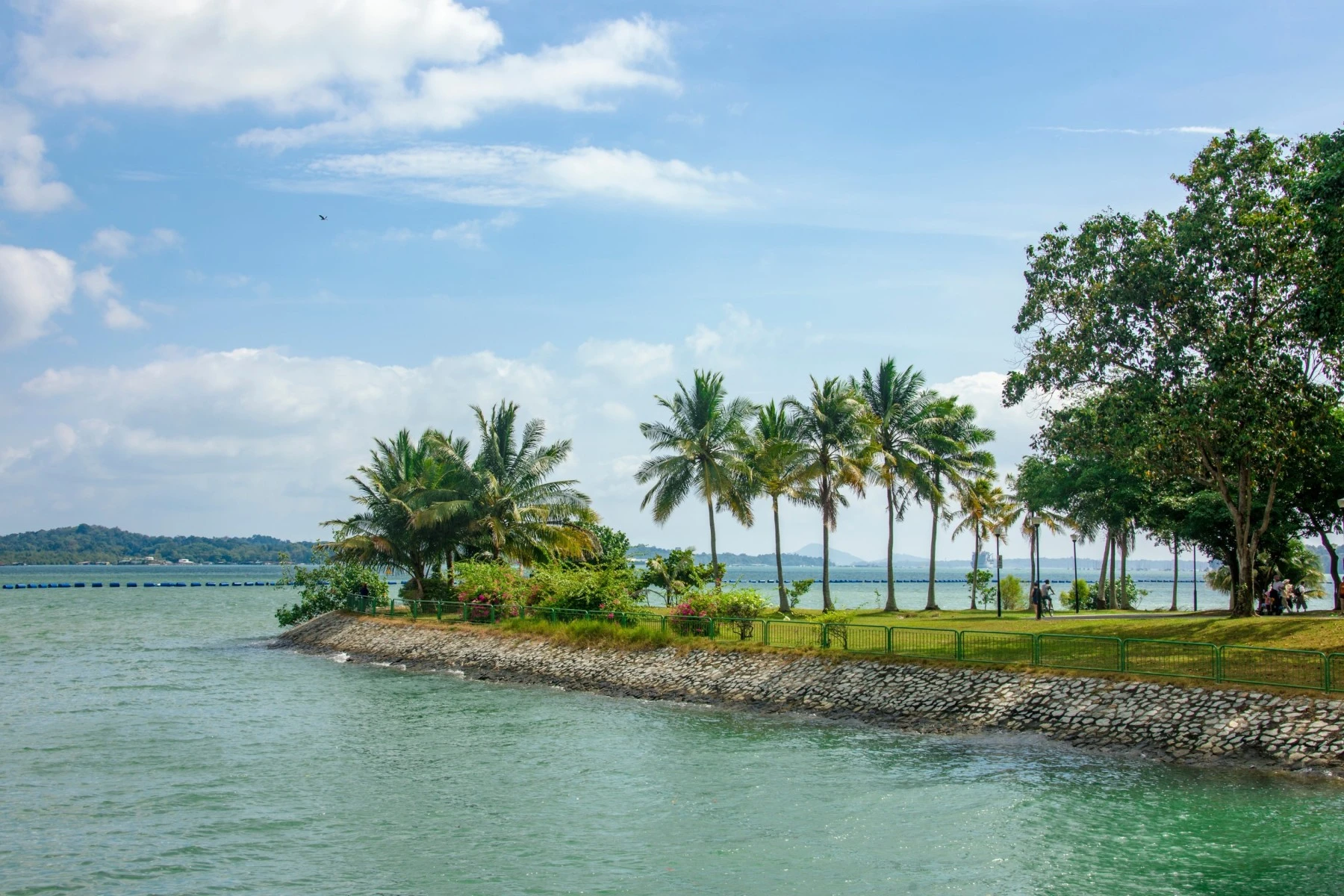
Located along the eastern front of Singapore, Pasir Ris Park Beach is a wonderful place to explore marine and mangrove habitats. Its beachfront may not be the biggest, cleanest, or widest, but you’ll definitely find it worth visiting. It's a firm favourite among the local families during the school holidays for a relaxing respite from the hustle of the school year.
This 6km long park was created from partially reclaimed land, and the beach was raised to prevent waterlogging. It comprises four distinct areas, each offering a different experience:
-
Holiday chalets (including beachfront) and water parks
-
Mangrove boardwalks
-
Herb gardens and mazes
-
A massive playground complex for the children.
-
Amenities also include:
-
Public toilets
-
Barbecue pits
-
Cycling paths
-
Bicycle and skate rental kiosks
-
Pony ride
Getting there
Make your way to Pasir Ris MRT (EW1), then hop on the feeder bus 403/858 or take a 10-minute walk to the beachfront.
Punggol Beach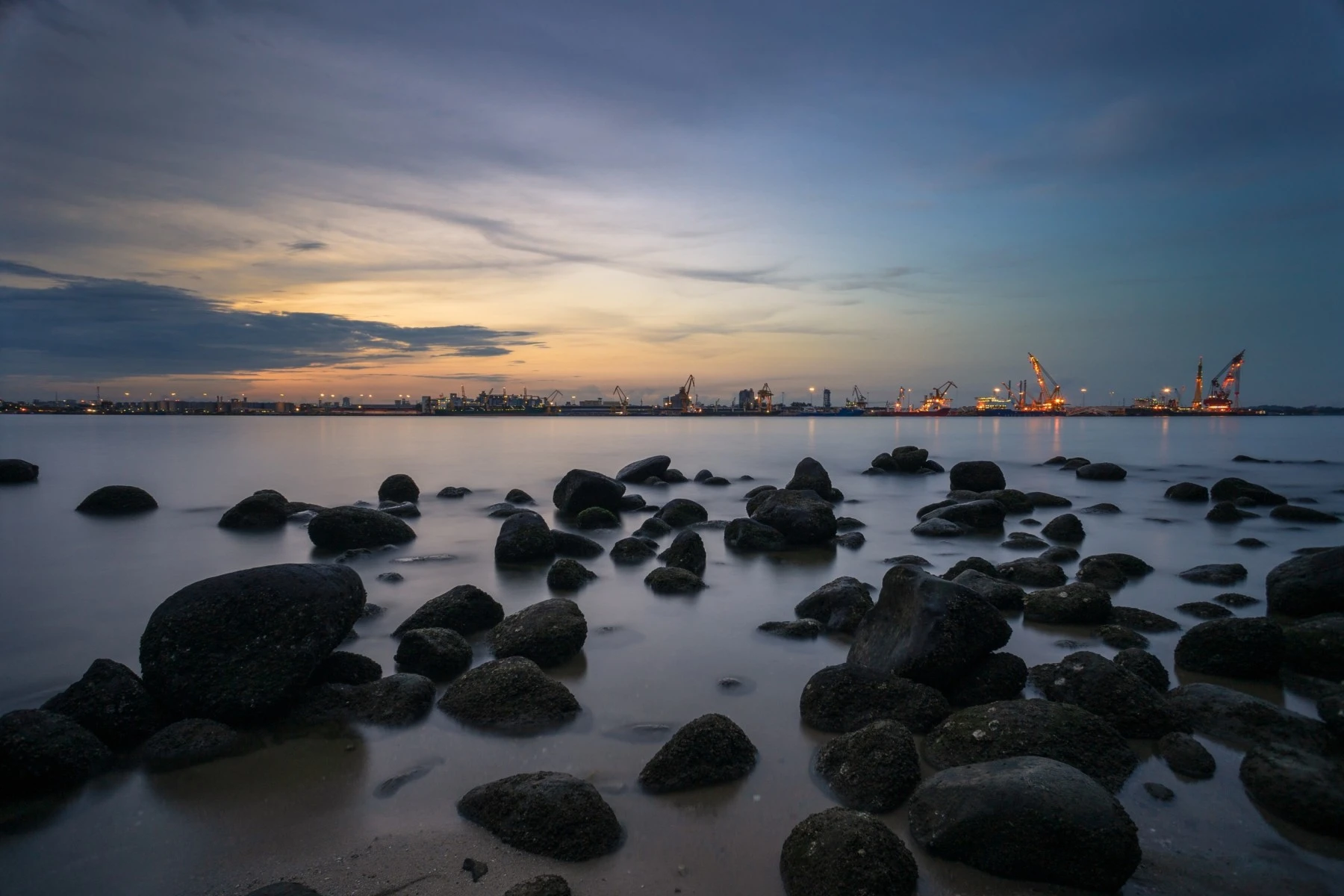
One of the smaller beaches on this list, Punggol Beach, is still worth visiting, especially during sunrise or sunset. While not your typical beach for families to park off and play in the sand, it's filled with distinctive boulders and rocks. This makes it a surreal-looking landscape to wander amidst, with the cool seawater washing over your toes. It’s also a favourite fishing site among local fishing hobbyists, who often catch crabs and prawns from the sea.
For those who are history buffs, Punggol Beach’s sad past as a World War 2 site will definitely pique your interest. During the Japanese Occupation (Sook Ching Operation) in 1942, the beach was a massacre site where young Chinese men were executed. You’ll be able to read more on the information boards about the beach’s past, too.
Amenities include
-
Public toilets
-
Seaside boardwalk for walking and cycling
-
Bicycle kiosk
-
Restaurants
Getting there
Take the North-East line to Punggol MRT, then take the Punggol LRT (East Loop) to Punggol Point LRT. From there, walk 10 minutes south to the beach.
Coney Island Beach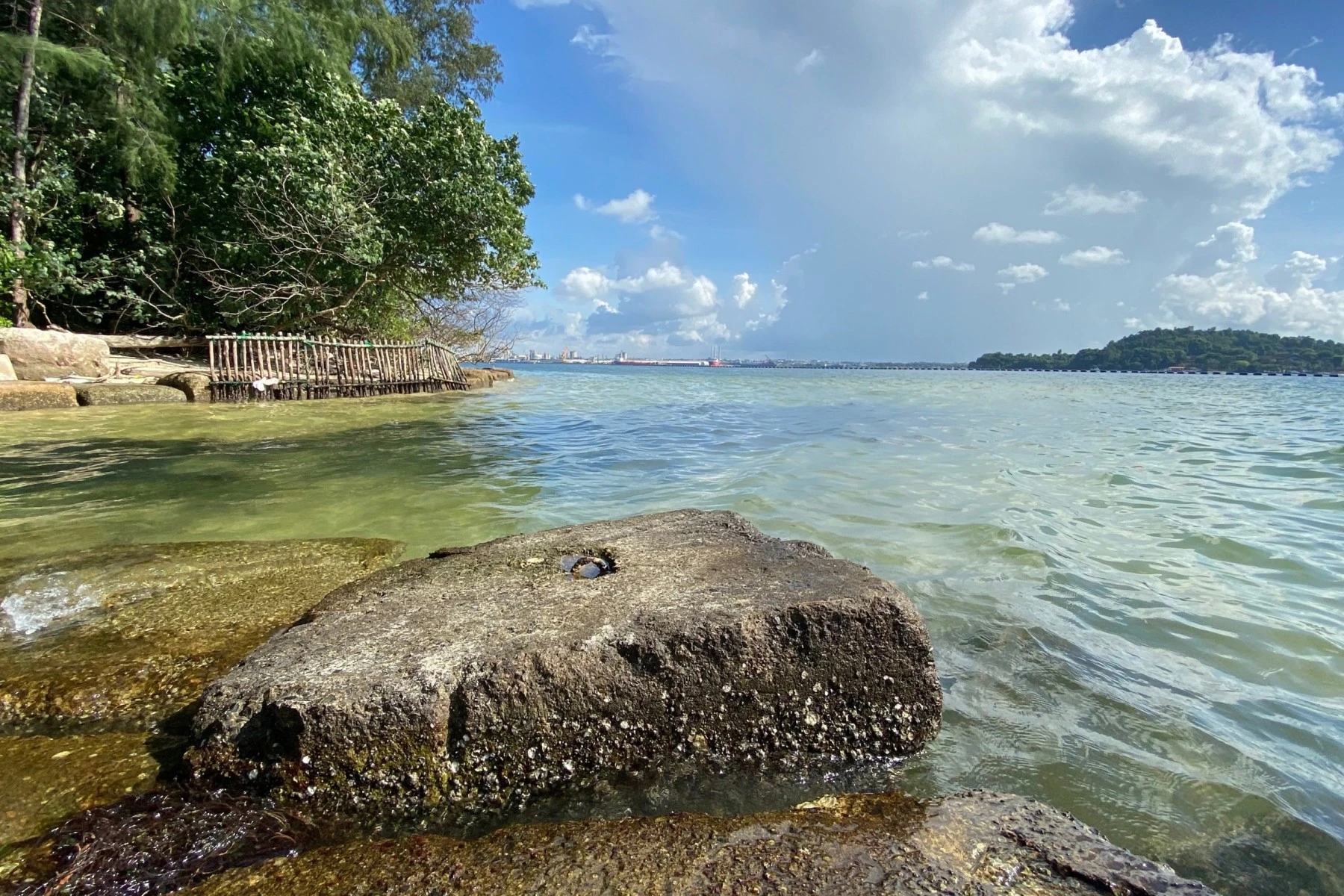
The beautiful Coney Island is another rustic beach on this list. Located off the coast of Punggol town, it's known for its forests of graceful casuarina and sturdy mangrove trees.
The island is unpaved and comprises dirt trails, making it perfect to take your family for a nature hike or biking adventure. You’ll encounter lots of wildlife, including monkeys, birds, and the occasional wild boar (don’t panic if you run into one, keep calm and XXX!)
With its narrow strip of beach, Coney Island Beach isn’t really a preferred sunbathing or sand-castle building beach. It does, however, make it a great spot for a really unique activity: birdwatching. In fact, up to 80 species of migratory birds stop by the pristine forest and beach on their way to their next destination at the turn of each season. You’ll want to take along some binoculars and settle down on a shaded spot on the beach with a packed picnic to really make the most of the experience.
Amenities include
-
Public toilets
-
Playground
-
Walking and cycling trail
Getting there
Take Punggol MRT/LRT, then hop on bus 84 or 103 to Punggol Settlement. You'll then have a 15-minute walk or so to the island entry point. Alternatively, cycle via Punggol Promenade Park Connector and cross the bridge.
Changi Beach
One of Singapore’s longest stretches of beaches, at 3.3km long, Changi Beach is a favourite spot for families to camp out for the entire day. If you’re wondering why, it offers one thing that the other beaches don’t. Incredible aeroplane views in the sky as they land and take off from Changi International Airport nearby.
Like its other beach cousins on the East of Singapore, Changi Beach is located within a park. It also comes with plenty of social facilities for an enjoyable day out with family and friends. You'll find barbecue pits, cycling and walking paths along the sea, bicycle rental kiosks, and a restaurant to fuel up at along the way. There is more than one beach here other than the long stretch where most people are camped out at, so do make it a point to discover them all!
Amenities include
-
Public toilets
-
Barbecue pits
-
Bicycle rental kiosks
-
Bicycle and walking paths
-
Dining options
-
Playground
Getting there
Get off at the Changi Village MRT (CR1) on the Cross Island Line, then take a 10-minute walk to the beach. You can also take bus 2, 29, 59, or 109 from Changi Village Bus Terminal.
Sembawang Park Beach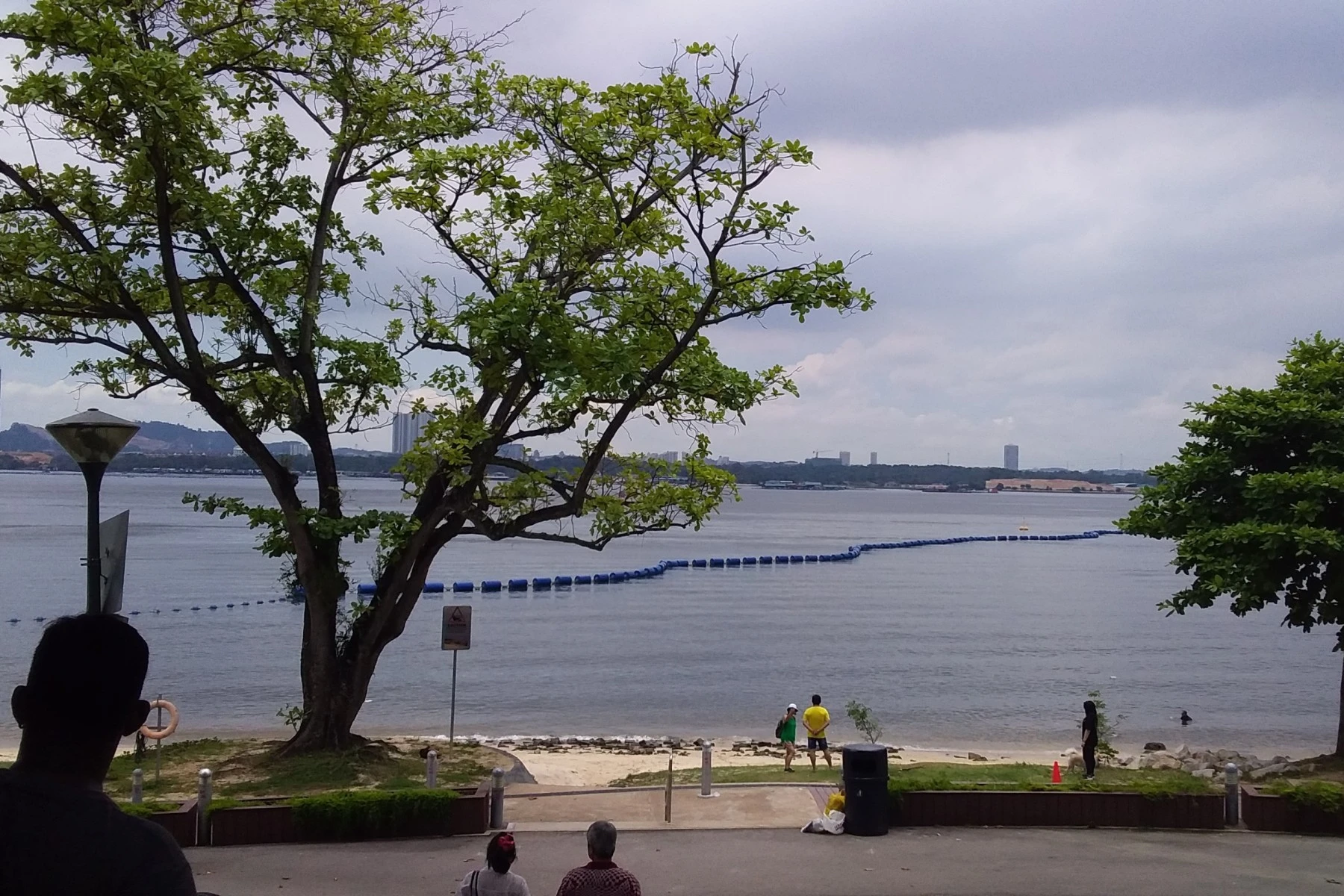
The vast majority of beaches in Singapore are reclaimed and manmade. One of the few natural sandy beaches left is at Sembawang Park, Singapore’s northernmost beach. It’s a lovely, shaded strip of beach with sand that’s a bit coarser than the imported sand on most of the other popular beaches in Singapore. It also makes for a great day out for the entire fam to lounge, swim, and play.
Sembawang Park itself has an amazing battleship-themed playground for those with children under the age of 12. This park pays homage to its naval roots as a naval base between 1920 to 1971, as well as a court for the French game of petanque. Bonus points if you spot a Sembawang tree while you’re there in the park!
Amenities include
-
Public toilets
-
Barbecue pits
-
Dog run
-
Dining options
-
Playground
Getting there
Take the North-South line to Sembawang MRT (NS11), then transfer to bus 858 or walk around 10–15 minutes through the park.
Palawan Beach
Among Sentosa’s three public beaches, Palawan Beach is the one to hit if you’ve got active children who are ready for a whole day of fun. Like the other beaches on Sentosa, Palawan has silky smooth sand that’s perfect for playing on. What really sets Palawan apart has to be its variety of cool activities for slightly older kids to enjoy.
-
A hydro obstacle course for kiddos aged six and up? Check.
-
A quiet islet on the Southernmost Point of Continental Asia that you can explore? Check.
-
Karting and mini-golfing fun once you’re done in the sun? Check.
Note that the currents can be strong. To make sure your swim is monitored by the beach Patrol on duty, stay between the yellow and red flags from 9 am to 7 pm.
Other amenities include
-
Public toilets
-
Beach clubs
-
Dog run
-
Food trucks
Getting there
Take the North-East line to HarbourFront MRT (NE1/CC29), then Sentosa Express from VivoCity to Beach Station, followed by a 5-minute walk or free shuttle to the beach.
Siloso Beach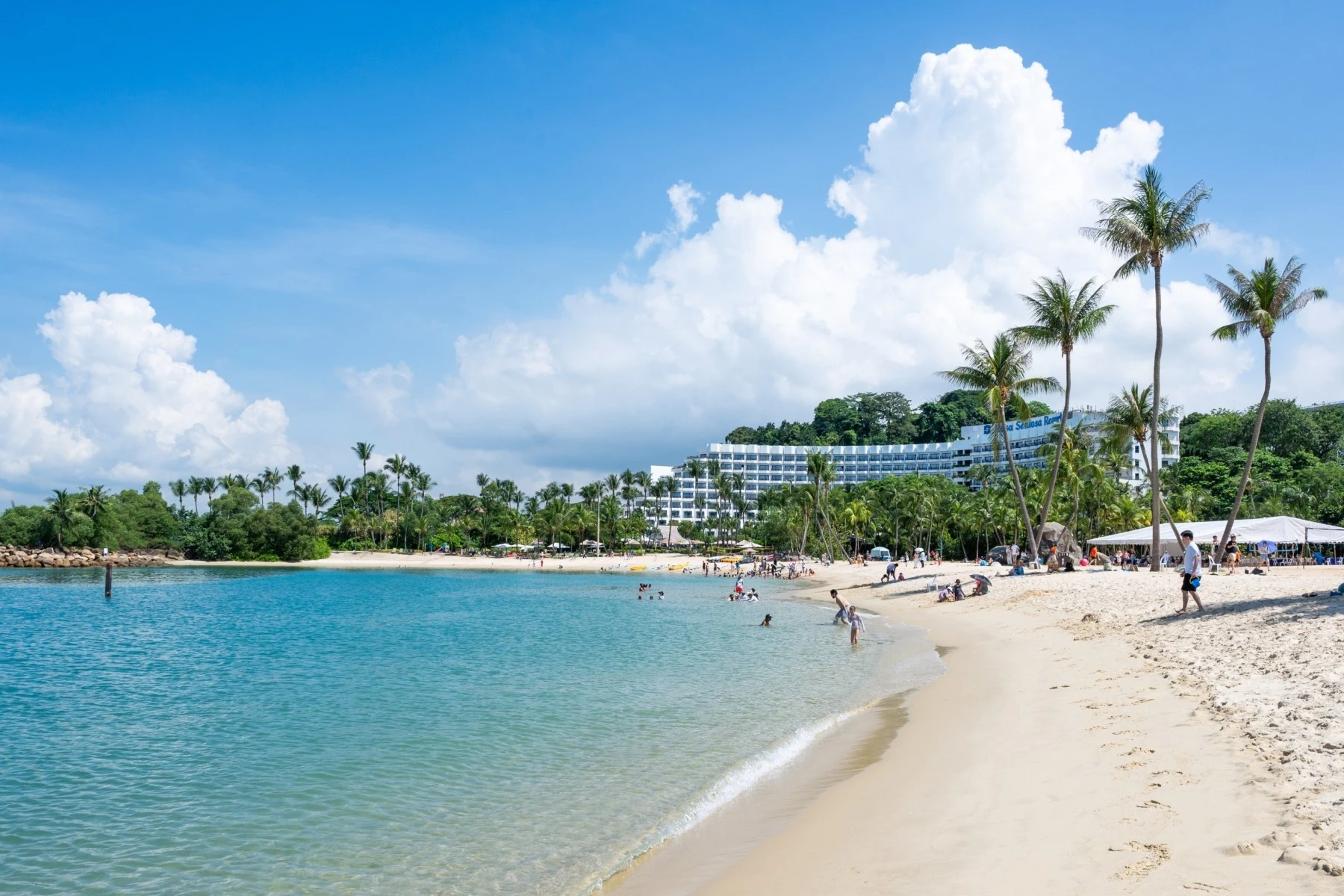
Siloso Beach is well-loved by those with young tots and the party crowd alike, who throng the beach in the evenings when the live music and parties start.
The waters are much calmer here, so you’ll feel more relaxed letting your little ones run free with the waves splashing at their toes. The sand is similarly soft and silky, so you can build those sandcastles and make those sand angels to your heart’s content. You can stroll along the beach and hunt for seashells, or lounge on a picnic blanket with packed snacks to keep the munchies away. There's certainly plenty to do for everyone.
Amenities include
-
Public toilets
-
Beach clubs with private plunge pools
-
Beach hotels
-
Kayaking and surfing facilities
-
Large playground (ticketed)
Getting there
Follow the same route to Beach Station, then the beach is a 10-minute walk away. You can also take the Sentosa beach shuttle from Beach Station.
Tanjong Beach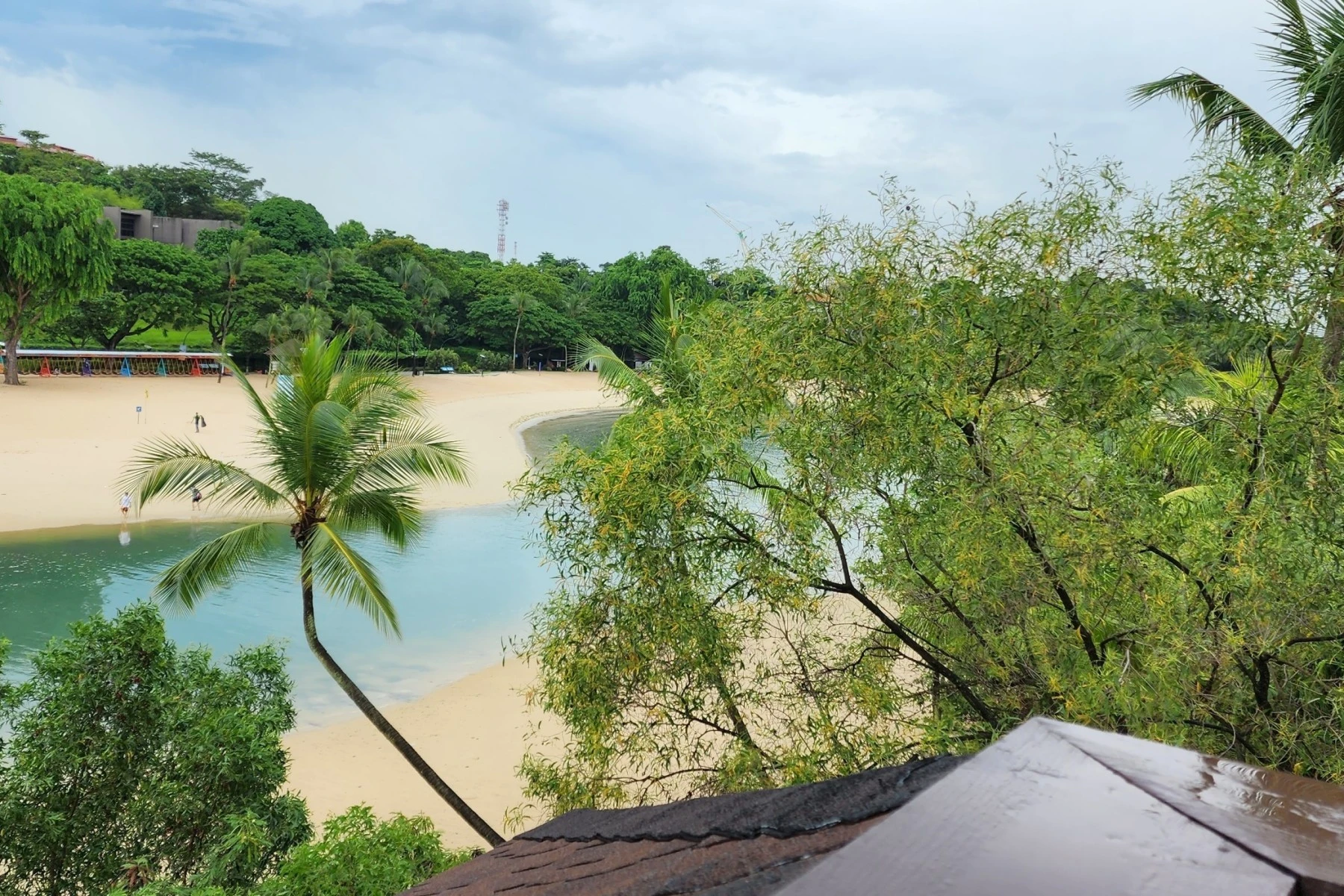
Quieter doesn’t mean more boring – and it’s certainly not the case for Tanjong Beach. While it has fewer beachside activities, it boasts pristine sand and a wide open beachfront. This makes it great for a game of beach volleyball with friends and family, as well as low-key, enjoyable, calm waters for little feet to wade in. Furkids can also romp uninterrupted on the sand with fewer people around.
Want to grab a bite? Head over to the family-friendly Tanjong Beach Club to watch the sunset while tucking into your dinner. We hear it’s a sight to behold.
Amenities also include
Public toilets
Getting there
Arrive at Beach Station, then take a 15-minute walk for a quick shuttle along the coast to Tanjong
Pulau Ubin Beach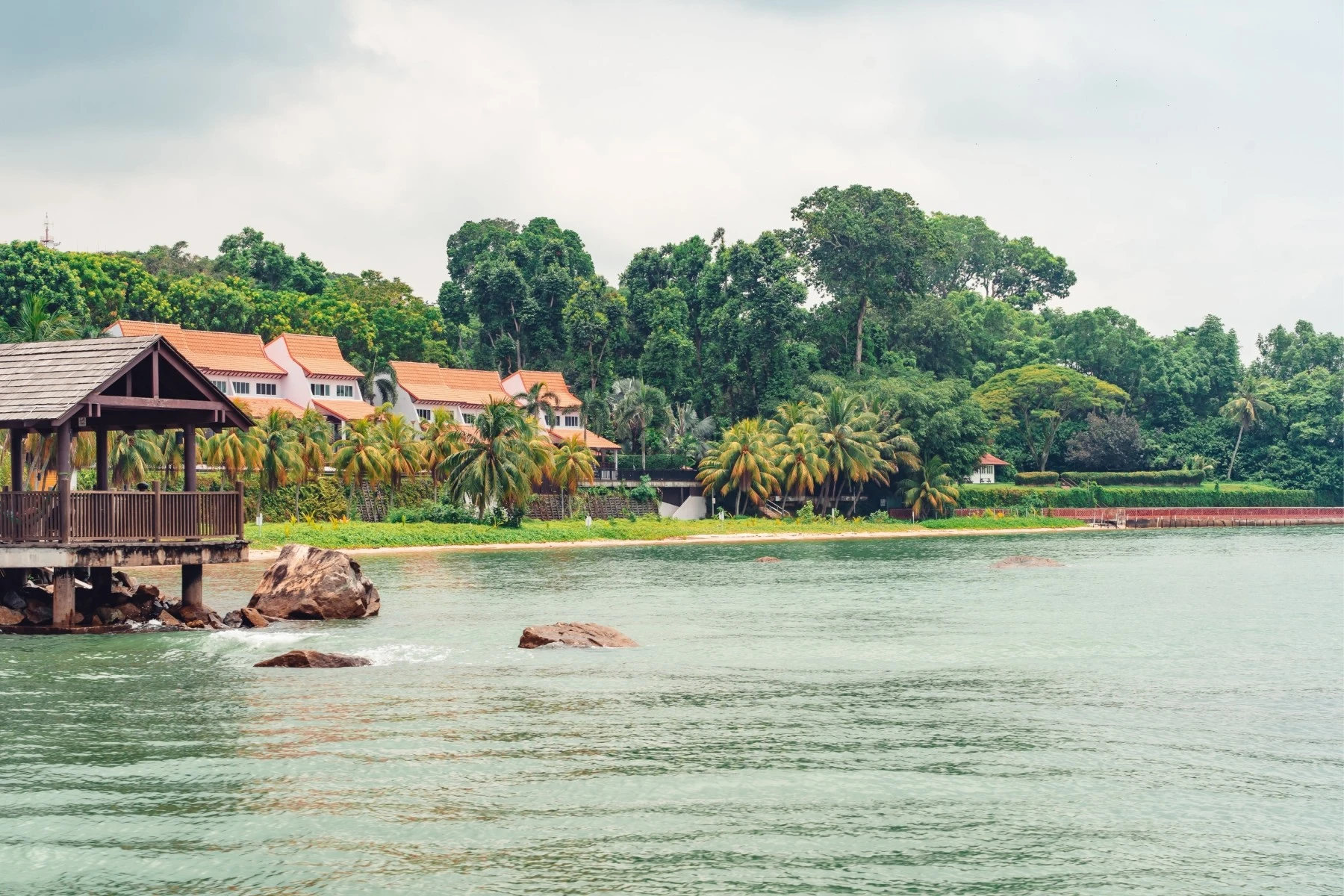
The rural getaway of Pulau Ubin is a boomerang-shaped island located on the northeastern corner of Singapore. Best of all, it's just a ten-minute bumboat ride away from the main city.
While it is primarily known for its kampong-style village, the beautiful Chek Jawa coral reef is popular among divers. The beaches here are tranquil to visit, and tend to be rocky and covered with leaves and other debris. There are, however, plenty of mangrove boardwalks and mountain-biking trails to explore.
It's also lovely to take in the sunset from one of the seaside restaurants. The perfect spot to savour your barbecued seafood while drinking some fresh coconut water, smelling the salty air.
Amenities also include
- Public toilets
- Bicycle rental kiosks
- Dining
- Camping sites
Getting there
First, you'll need to alight at Tuas Link MRT (EW33) or take a bus to Changi Point Ferry Terminal. Then, hop on a bumboat (around 10 minutes) to Pulau Ubin. You can explore the island on foot or by bicycle.
St John’s Island Beach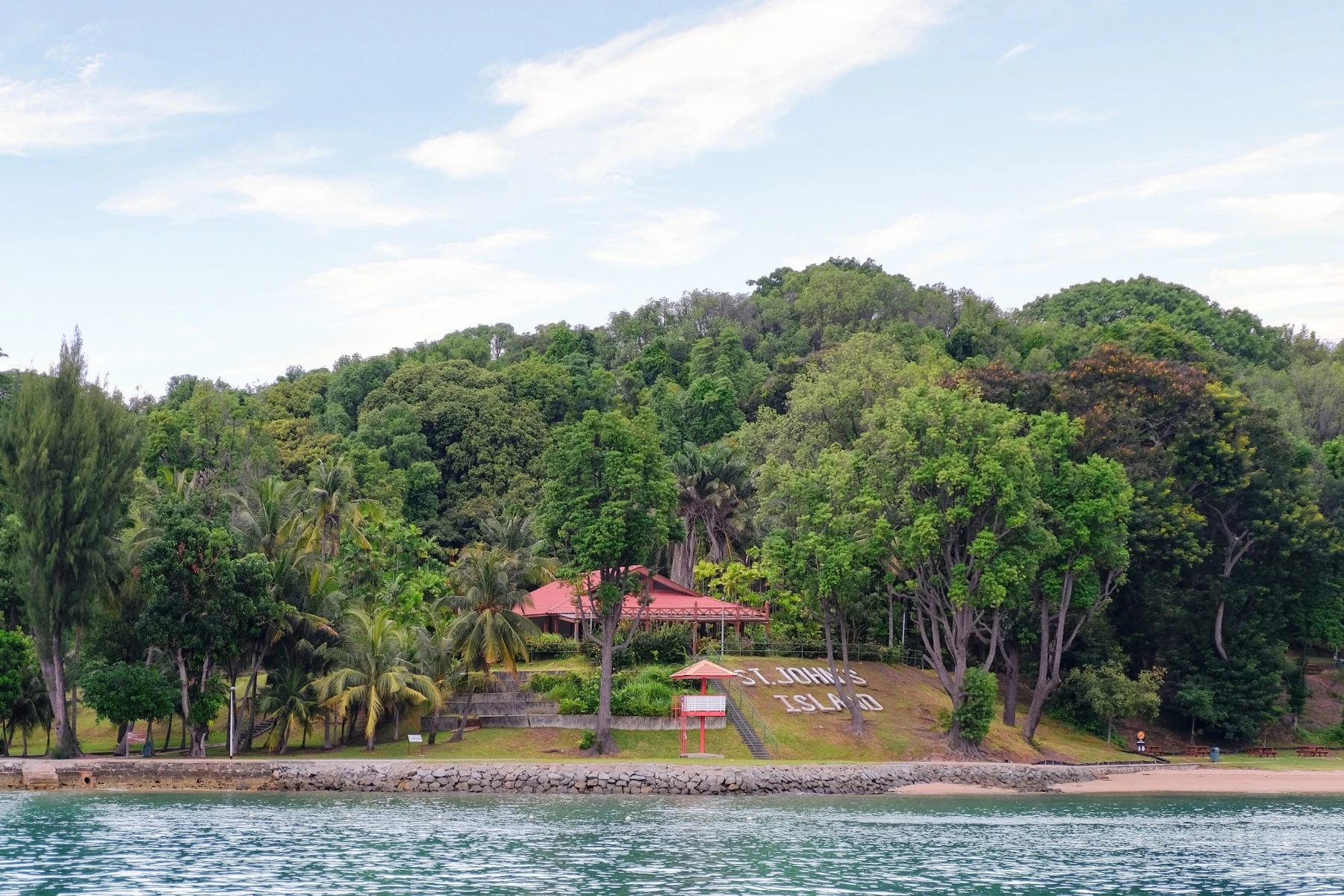
St John’s Island, an island 30 minutes away to the south of the mainland accessible by hopping on a ferry from Marina South Pier. it offers a tranquil getaway from the bustle of city life. There's lots of greenery, a marine park centre, and even a camping lodge and campsite for overnight stays.
The beach is not big, but there’s plenty of intertidal wildlife to discover during low tides. You'll find sea stars, sea sponges, reef fish, and crabs. If the tide is right, you can even swim a bit in the natural lagoon that’s sheltered by the rocks.
Amenities also include
- Public toilets
- Overnight stays
Getting there
Take the North-South line to Marina South Pier MRT (future extension coming online), then ferry (approximately 45 minutes at SG$19 for a round-trip) from Marina South Pier.
Lazarus Island Beach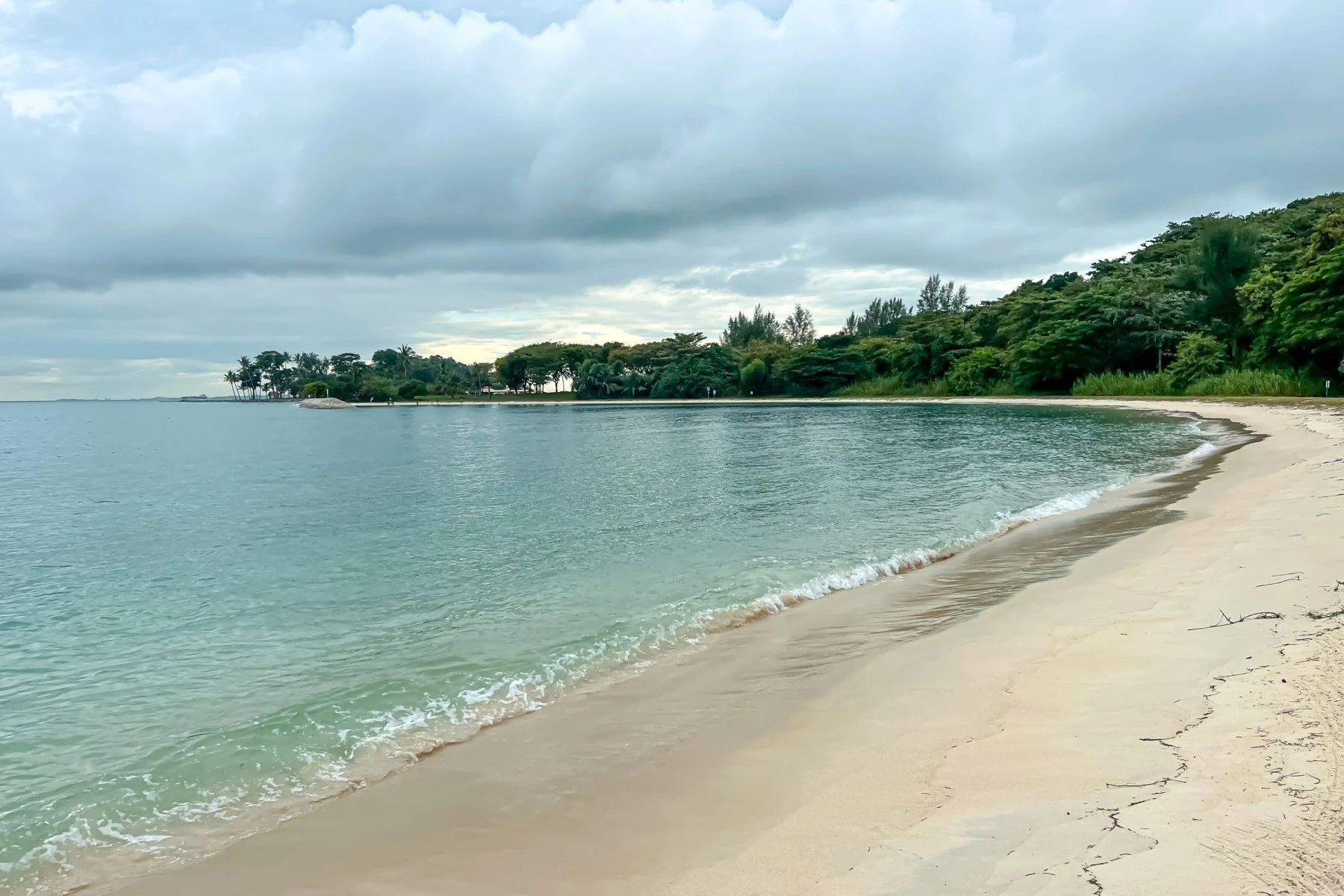
Walk on over to Lazarus Island via a paved causeway and check out Singapore’s best-kept secret beach, Lazarus Island Beach. With crystal clear waters and fine white sand, you could even momentarily imagine you were on a beach getaway miles away from Singapore. A large beach umbrella is a great idea to bring along with your beach gear, because there’s hardly any shade on this untouched beach.
If you want to stay the night, you can choose between tiny house stays or a super trendy glamping site – both fully air-conditioned too.
Amenities also include
- Public toilets
- Overnight stays
Getting there
There are no ferry services here, but it’s just a short walk from St John’s Island.
Kusu Island Beach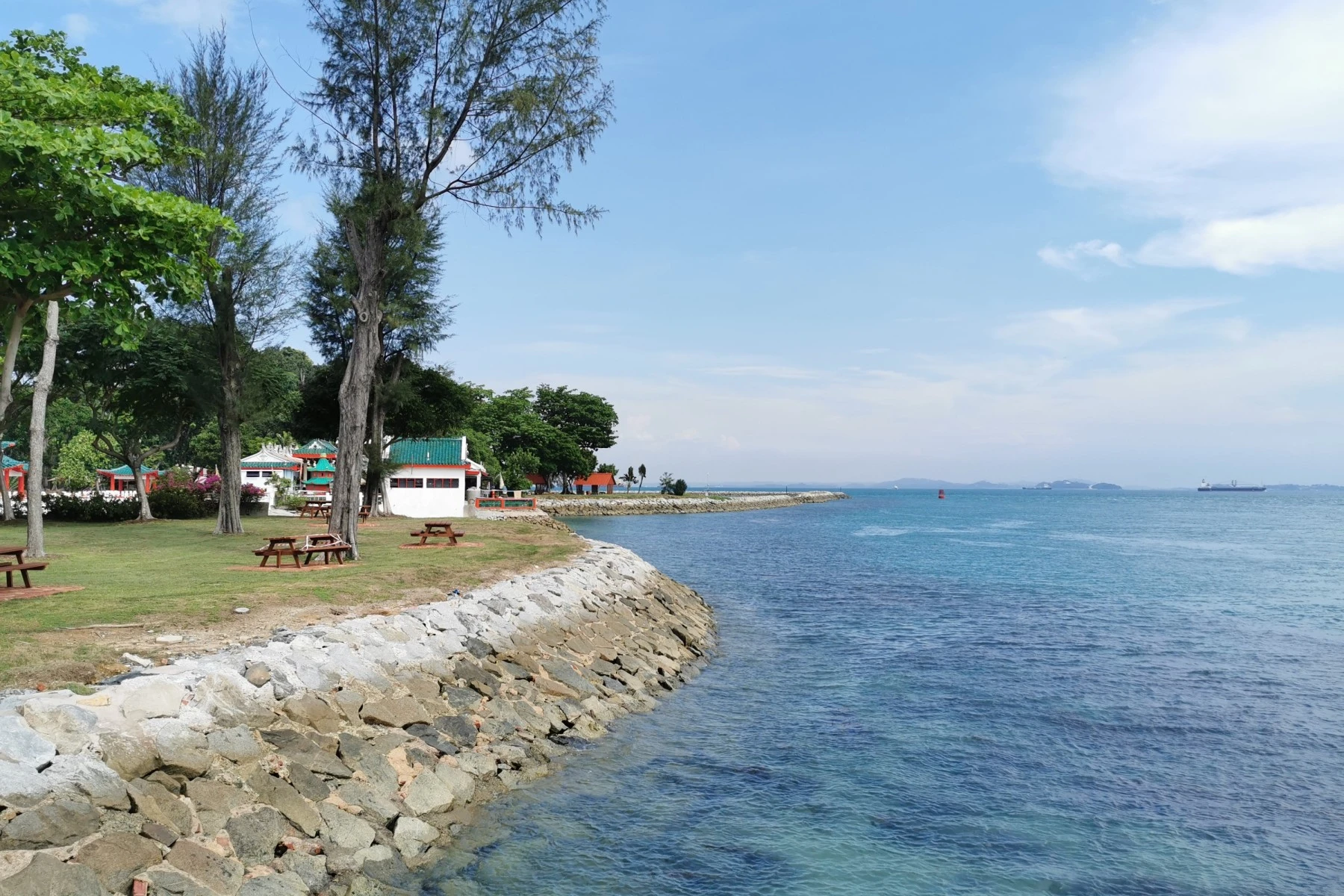
This area is famously known for being home to a big Chinese temple. It draws many devotees wishing to pray to the Taoist God of Prosperity, Da Bo Gong, and the Goddess of Mercy, Guan Yin. There's also a tortoise sanctuary (fittingly so, since “Kusu” is the Hokkien word for Tortoise). Not to mention a marine park to explore.
Kusu Island is also home to a few beautiful beaches to the north and south of the island. The calm waters are a perfect spot to snorkel and swim in, with a rich coral reef ecosystem teeming with marine creatures of all kinds.
Fun fact: Kusu Island was originally two coral outcrops, joined together into a larger island through land reclamation in 1975. You can get here by ferry from Marina South Pier.
Amenities also include
Public toilets
Snack kiosks
Getting there
Take a ferry from Marina South Pier. Both direct or island-hop options are available.
Sister’s Island Beach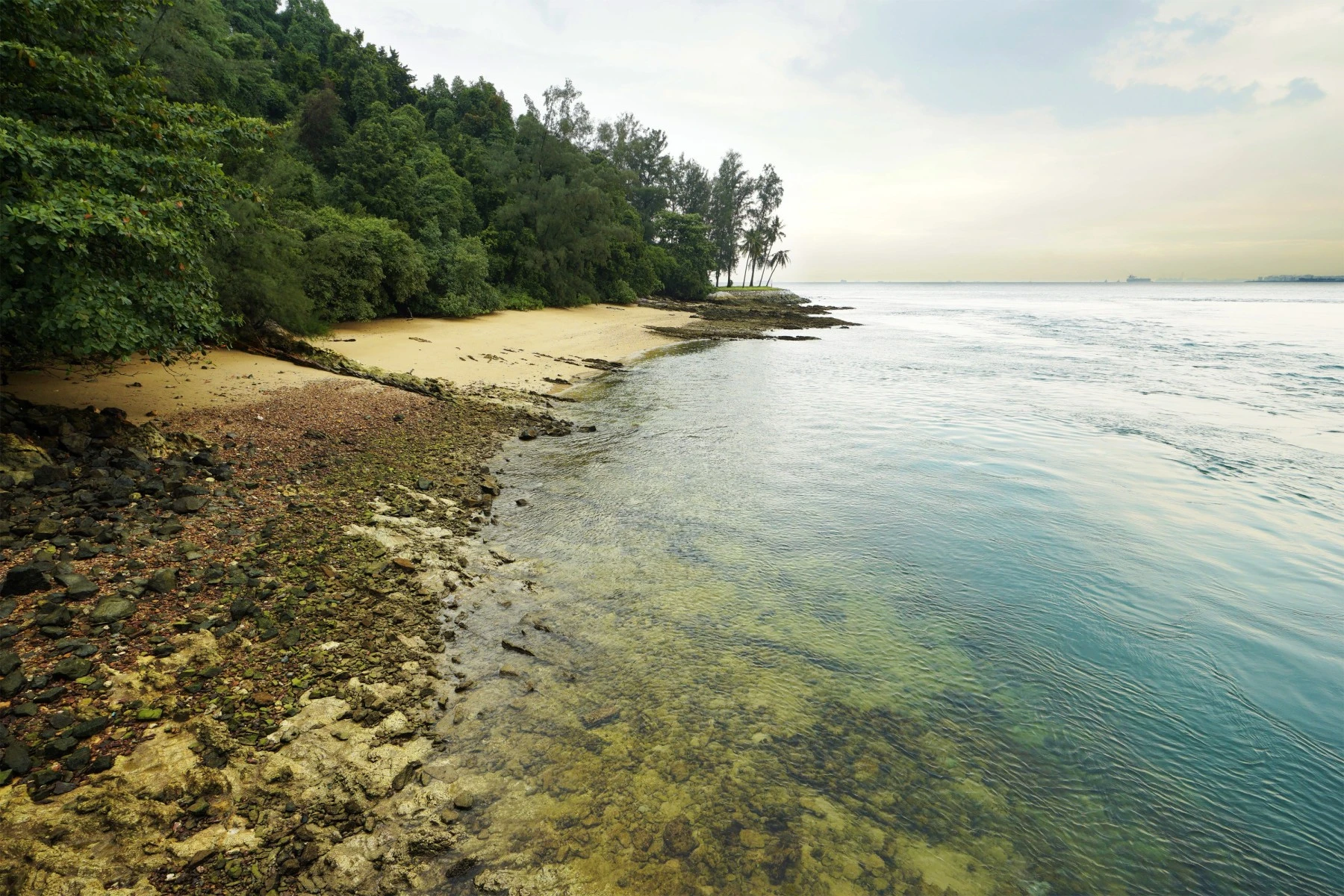
If you’re a big fan of marine life and snorkelling, you’ll want to make a trip out to Sister’s Island of the Southern Islands to spend a whole day on the beach.
At low tide, it’s a great spot to picnic and check out the intertidal wildlife on the beach. High tide is the best time to snorkel and take in the multitude of marine life in the rich waters, which include seahorses, reef fish, clams, and sponges. There’s even a floating boardwalk to check out and a lagoon to swim safely in.
The larger island that faces the open sea is where the marine park is located. Facing the mainland, you'll find the smaller island, which is reserved for research and conservation efforts.
A narrow and deep channel with strong currents separates the islands, making it unsafe for swimming.
Fun fact; Sister’s Island's name originates from the tragic Malay folk story, which tells a tale of two sisters who died while escaping from a band of pirates. The legend goes that the two islands were formed from where the sisters had drowned in the sea.
Amenities include public toilets.
Getting there
It's just a bit of a troublesome journey to get there. You’ll need to hop on a ferry to St John’s Island and get on another boat there to finally arrive at Sister’s Island. It's totally worth your while, we promise.
Pulau Hantu Beach
The chillingly-named Pulau Hantu means “Ghost Island” in Malay. According to Malay legend, two warriors were killed by angry Jinn (spirits in Islam). They were then turned into islands so that their spirits could live on.
Luckily, it's anything but spooky. You'll find a beautiful haven for those who love living life off the beaten track.
Pulau Hantu is made up of two smaller islets that become one larger island during low tide. It's home to shady beaches, calm lagoons, and lots of marine life.
Scuba divers love visiting the island for its lush coral reef and clear waters.
Intrepid nature lovers frequent the beach for intertidal hikes and island walks. Walking across the islets at low tide is certainly a great experience. This is also a beach on which anglers can fish for clownfish and angelfish undisturbed.
Amenities also include
- Public toilets
- Campsite
Getting there
There are no public boats that go to Pulau Hantu, so you’ll have to charter your own two-way ride at West Coast Pier.
Local tips for enjoying your beach visit in Singapore
-
Always check the weather forecast before heading out for a day at the beach. Tropical weather is very fickle, and it can be scorching hot one minute and pouring the next, complete with thunder and lightning. Yes, welcome to the tropics. Tropical thunderstorms can completely dampen your most well-thought-out plans to soak up the sun and sand. For live updates:
-
Download MSS’s myENV app on your smartphone
-
Before heading into the water, always do a quick check of the water quality on the National Environment Agency of Singapore’s (NEA) official website. They'll alert the public if there are any concerns about the water quality due to oil spills or bacteria in the water. There will also be notices warning you about the potential hazards of jellyfish or other dangerous wildlife in the water.
-
Your beach kit should always include sunscreen, hats, umbrellas, bottles of water, and insect repellent. There are usually vending machines for refreshments located at most of the beach parks. However, you won't be able to purchase drinks at the more rural beaches, like Sister’s Island and Pulau Hantu. And skip the towel, pack a mat instead, which will be much easier to clean off.
-
Not all the beaches are open throughout the night. Check the opening hours of each beach before heading over for the evening. Don’t intend to stay for the night, especially on the beaches located off the mainland. Kusu Island and Sister’s Island, for example, do not have overnight stay facilities, so you’ll need to catch the last ferry back.
-
The best time to enjoy Singapore’s beaches is in the morning and late afternoon, when the hottest part of the day has passed. Temperatures can reach up to 35 degrees Celsius between 12 pm to 3 pm. If you go out in the sun this time, together with the humidity, it can cause heat strokes and other heat stress conditions.
-
Singapore’s beaches have plenty to offer and are beautiful in their own right. You may want to temper your expectations, especially when visiting the urban beaches located within parks. The sand may not be as silky soft, the waters may not be as crystal clear, and there may be some pieces of trash washed ashore. The beachside activities more than make up for these. Head over to the beaches off the mainland for a more pristine experience.
-
Watch out for monkeys and other wild animals that may steal your food! Long-tailed macaques are known to be brazen food thieves in Singapore. Our best tip for dealing with them? Keep your food covered and sealed up, but if a macaque manages to get its hands on something, don’t fight it – let it go. It’s not worth getting bitten or scratched to retrieve whatever morsel has been taken away.
FAQs about Singapore beaches
Are Singapore beaches safe to swim in?
Yes, most beaches are safe for swimming. Always check the NEA’s water quality updates and swim within designated areas monitored by beach patrols. Do also look out for jellyfish and other wildlife warnings before jumping into the water.
Which beaches in Singapore have the cleanest water?
Lazarus Island, Sister’s Islands, and Pulau Hantu are known for having clearer, cleaner waters. These beaches are ideal for snorkelling and swimming.
What are the best beaches in Singapore for families?
East Coast Park Beach, Pasir Ris Park Beach, Changi Park Beach, Palawan Beach, and Siloso Beach are top choices for families. They all have family-friendly facilities and safe swimming zones.
Can you BBQ at Singapore beaches?
Yes, many beaches like East Coast Park and Changi Beach have BBQ pits, but you’ll need to book them in advance via the NParks website.
How do I get to Singapore’s beaches by public transport?
Most mainland beaches are accessible via MRT and bus. Offshore beaches like Lazarus Island, St John’s Island, and Kusu Island require ferries from Marina South Pier.
Do Singapore beaches have jellyfish?
Yes, jellyfish can occasionally be found in Singapore’s waters, especially during certain seasons. Look out for warning signs at beaches, and avoid swimming if jellyfish are spotted. Vinegar can help relieve mild stings, but seek medical attention if symptoms worsen.
Are there sharks at Singapore beaches?
Shark sightings are extremely rare, and there have been no known shark attacks at Singapore’s public beaches in recent decades. Most beach areas are protected by breakwaters, making them safe for swimming.
Is it free to visit beaches in Singapore?
Yes, almost all public beaches in Singapore are free to access. This includes those on Sentosa (though you may need to pay an entry fee to Sentosa itself if driving in). Offshore islands like Lazarus, St John’s, and Kusu require a ferry ticket.
Can you bring dogs to Singapore beaches?
Yes, many beaches in Singapore are dog-friendly. These include East Coast Park, Tanjong Beach (Sentosa), and Sembawang Park. However, keep your dog on a leash and clean up after them.
Can you camp overnight at Singapore beaches?
Overnight camping is allowed at certain beaches. You can camp at East Coast Park, Pasir Ris Park, and Pulau Ubin, but you'll need to apply for a camping permit from NParks beforehand. Most offshore islands (e.g., Kusu Island, Sisters’ Island) do not allow overnight stays unless in designated accommodation.
Are there lifeguards at Singapore beaches?
Sentosa’s beaches typically have Beach Patrol lifeguards on duty during the day (9 AM to 7 PM). Most other beaches do not have lifeguards, so it’s important to observe safety flags and swim within designated areas.
How can I get to Lazarus Island and St John’s Island?
You can take a ferry from Marina South Pier to St John’s Island and walk over a causeway to Lazarus Island. Check ferry schedules in advance, as they may have limited timings, especially on weekdays.
Are there food options at Singapore beaches?
Many mainland beaches have hawker centres, cafes, and restaurants nearby (e.g., East Coast Park Beach, Changi Park Beach). However, some offshore beaches like Lazarus Island have no food facilities, so it’s best to pack your own snacks and water.
What do our customers say?


